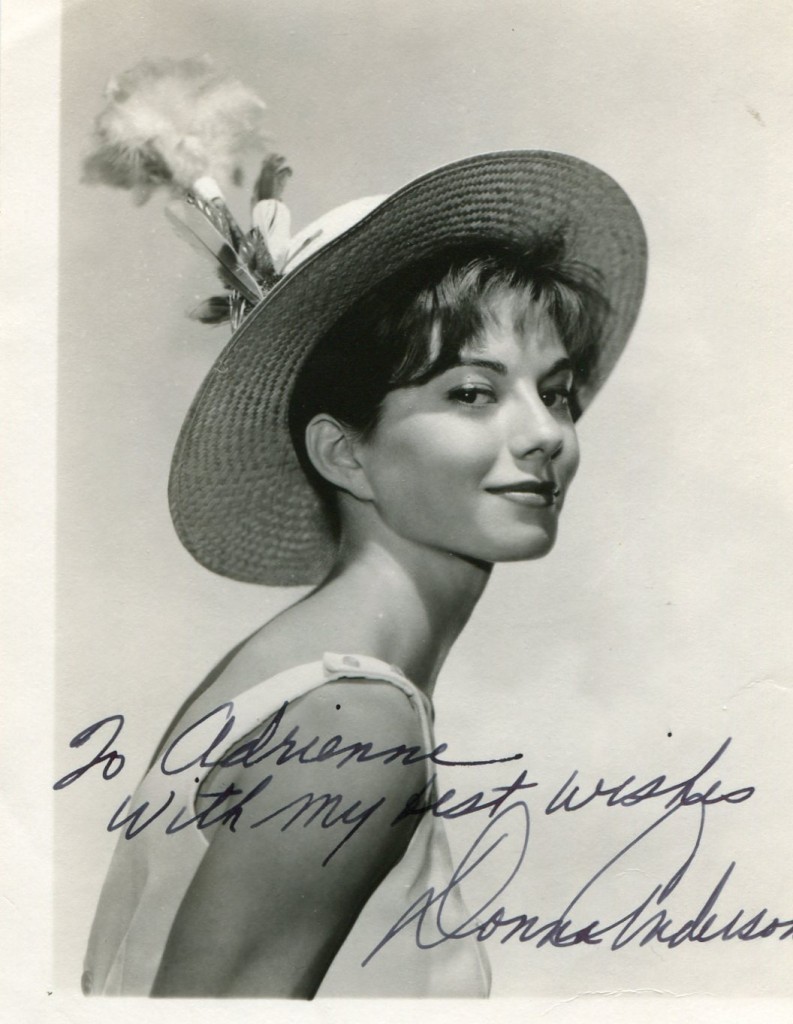
Donna Anderson was born in Gunnison, Colorado in 1939. She made her film debut opposite Anthony Perkins in 1959 in “On the Beach”. Her other film of note was “Inherit the Wind”. On television she has starred in “The Travels of Jamie McPheeters”.
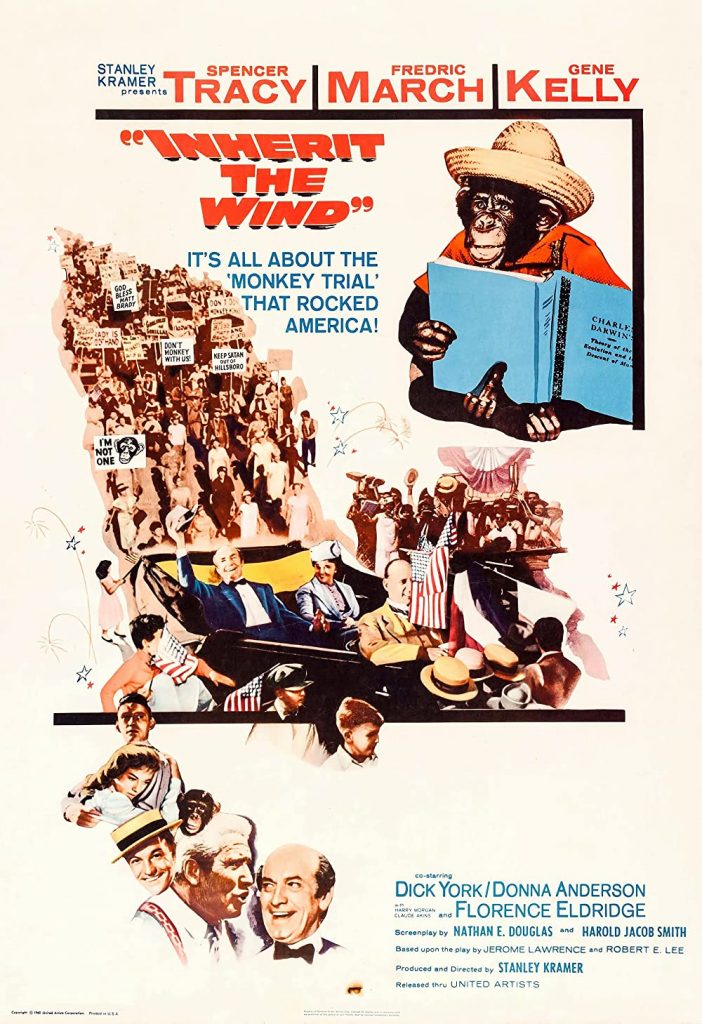
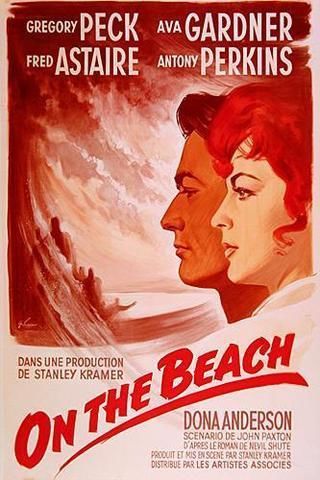

Hollywood Actors

Donna Anderson was born in Gunnison, Colorado in 1939. She made her film debut opposite Anthony Perkins in 1959 in “On the Beach”. Her other film of note was “Inherit the Wind”. On television she has starred in “The Travels of Jamie McPheeters”.


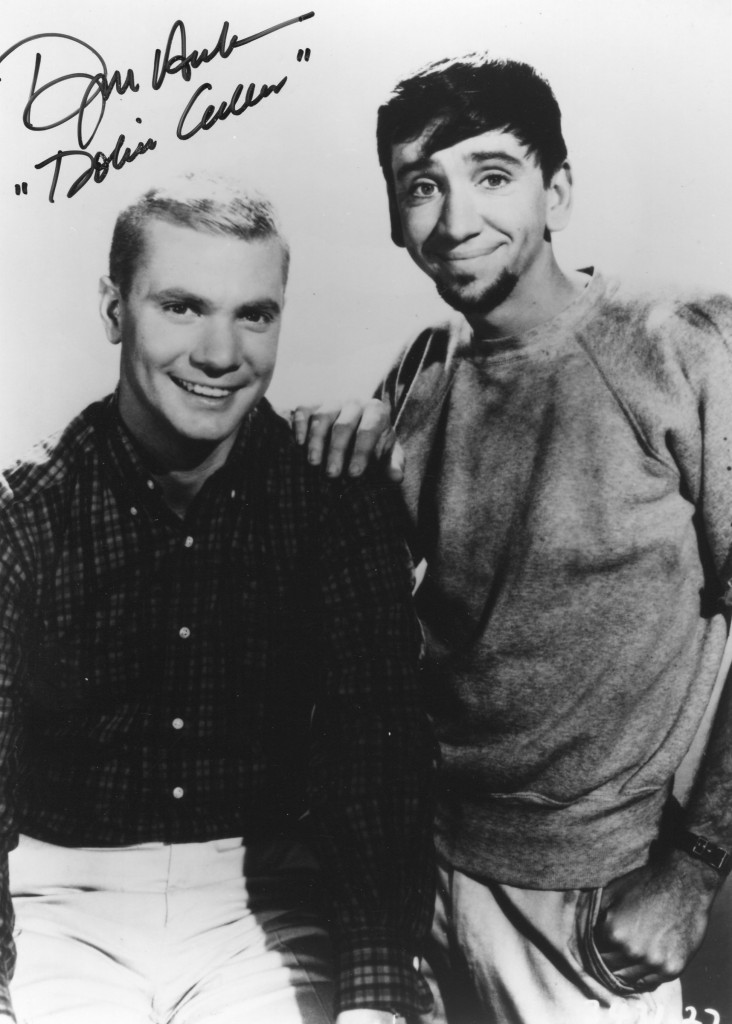
Dwayne Hickman was born in 1934 in Los Angeles. His older brother is the actor Darryl Hickman. Dwayne first came to the public’s attention in “The Bob Cummings Show” in 1955. He went on to star on TV in “The Many Loves of Dobie Gillis” which ran from 1959 until 1963. Dwayne Hickman made such films as “Rally Round the Flag Boys” in 1958, “Cat Ballou” and “Sky Party”.
Gary Brumburgh’s entry:
Boyishly handsome Dwayne Hickman, the younger brother of Darryl Hickman, followed in his sibling’s tiny footsteps as a moppet film actor himself, appearing in such features asCaptain Eddie (1945) (with Darryl) and as “Nip Worden” in The Return of Rusty (1946) and the rest of that dog adventure series. On a temporary sabbatical from acting, he returned to Hollywood following college studies (Loyola University) and won the hearts of many young female baby-boomers as the girl-obsessed nephew in The Bob Cummings Show (1955) and especially as the swooning, adorably sheepish “teen” in The Many Loves of Dobie Gillis (1959) as the title character. Unable to escape the cramping typecast, he ended up working behind the scenes from the 1970s on as a publicist, a Las Vegas entertainment director and, most successfully, as a programming executive for CBS. Dwayne has returned to acting on occasion in “Dobie” retrospectives and other light comedy efforts. In 1994 he wrote his biography, aptly titled “Forever Dobie.”
– IMDb Mini Biography By: Gary Brumburgh / gr-home@pacbell.net
By Margalit Fox
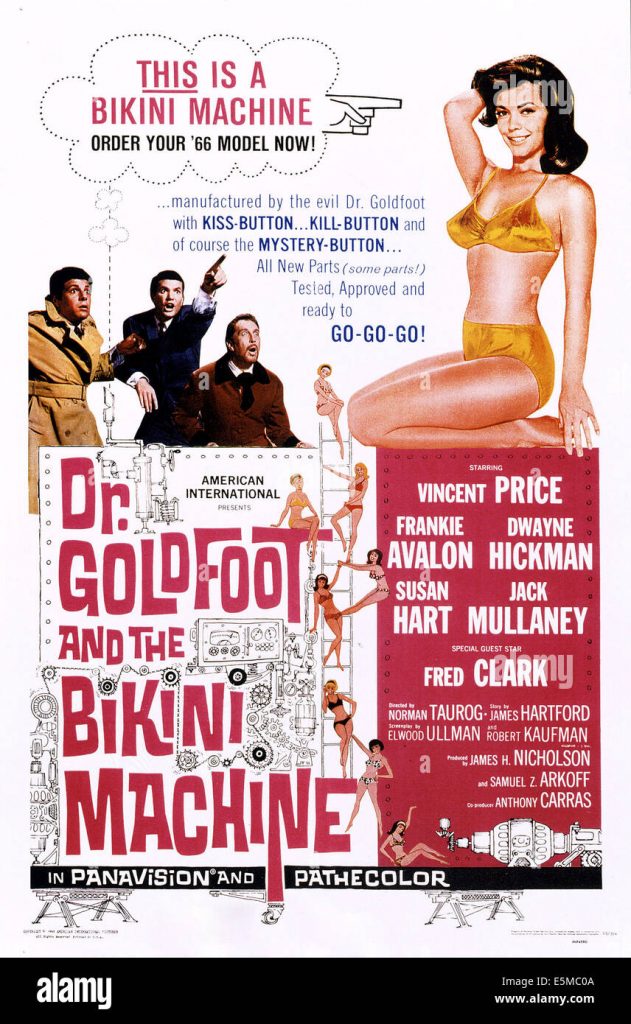
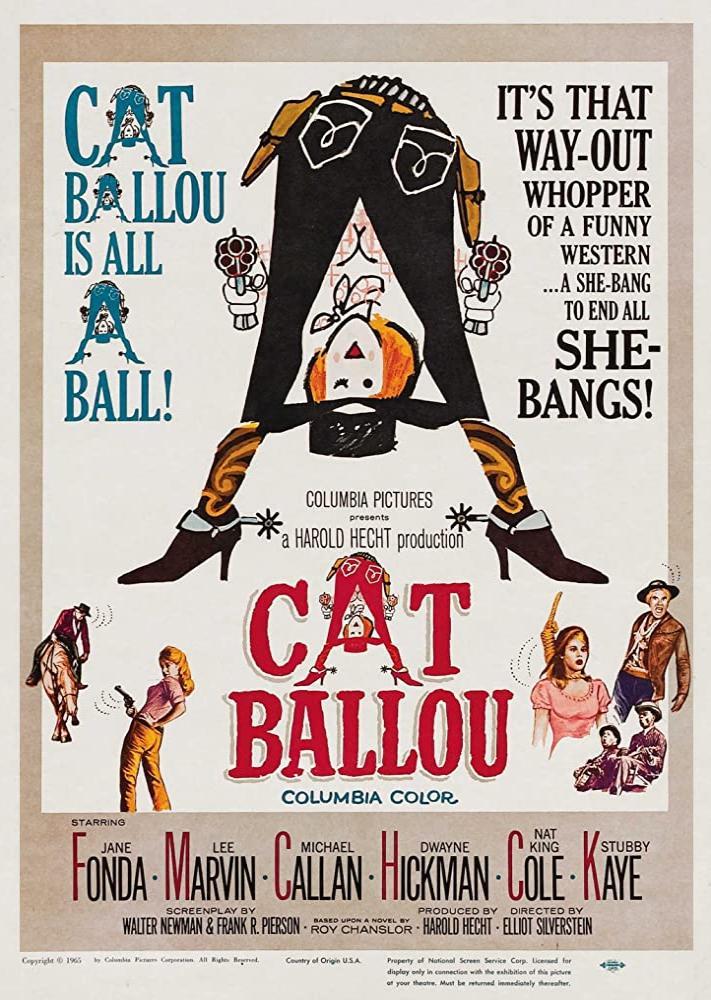
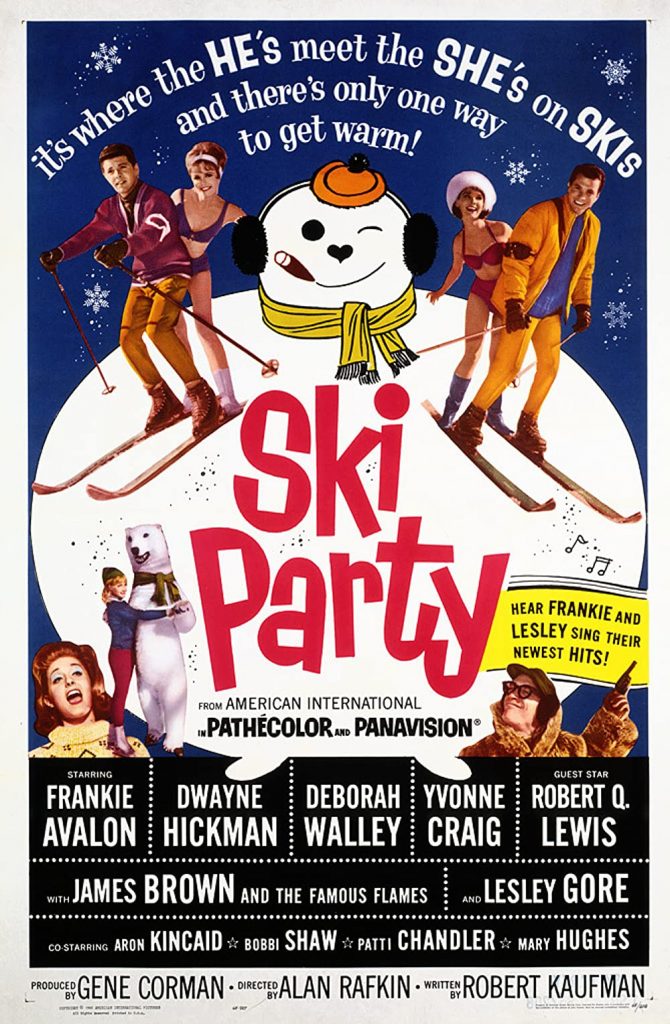
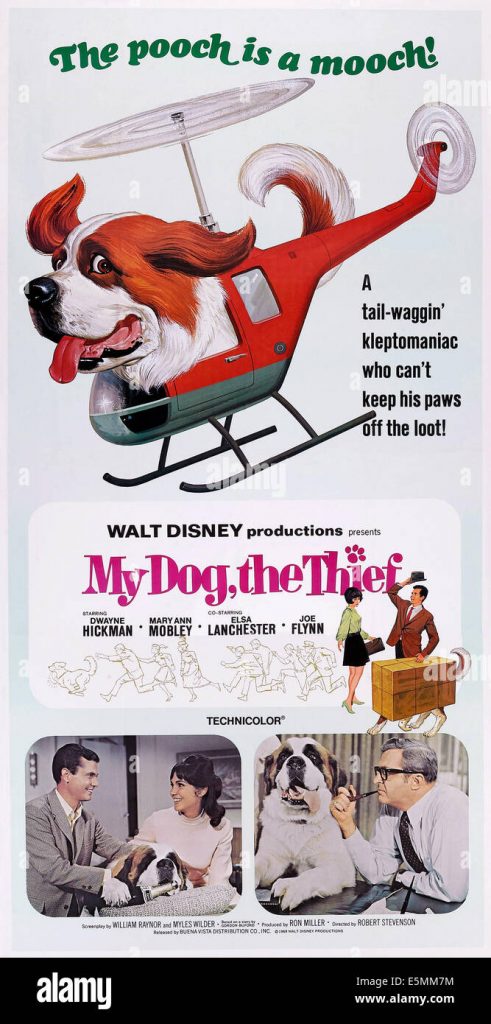
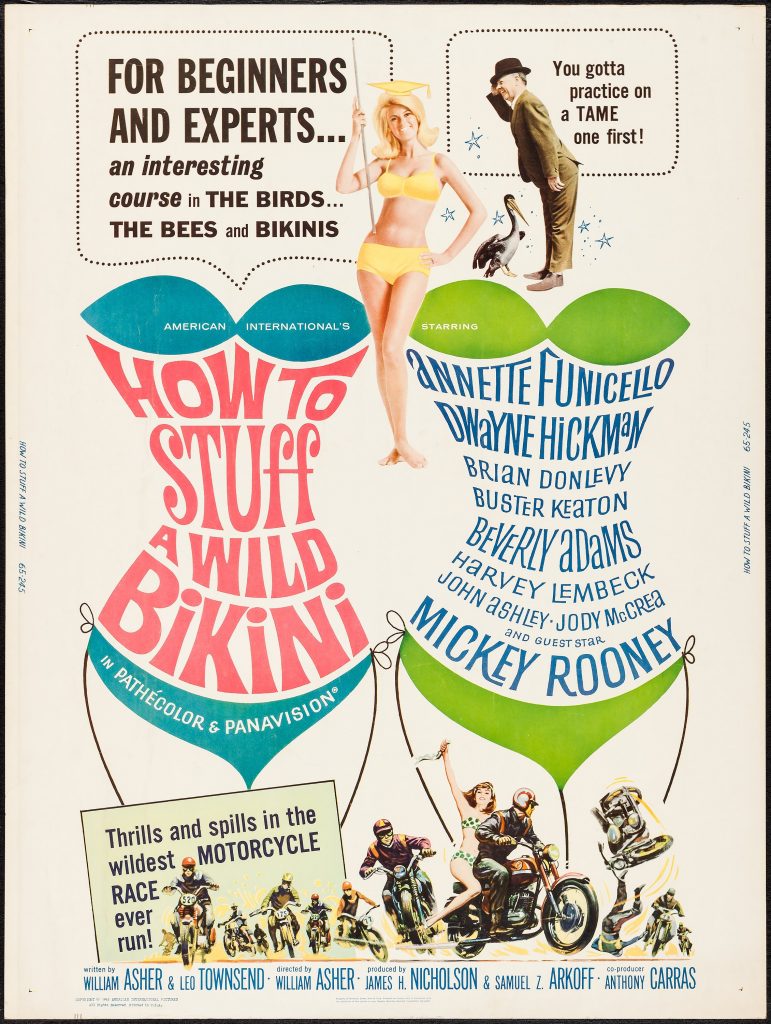
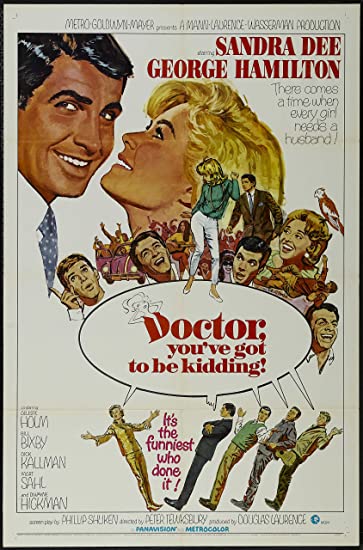
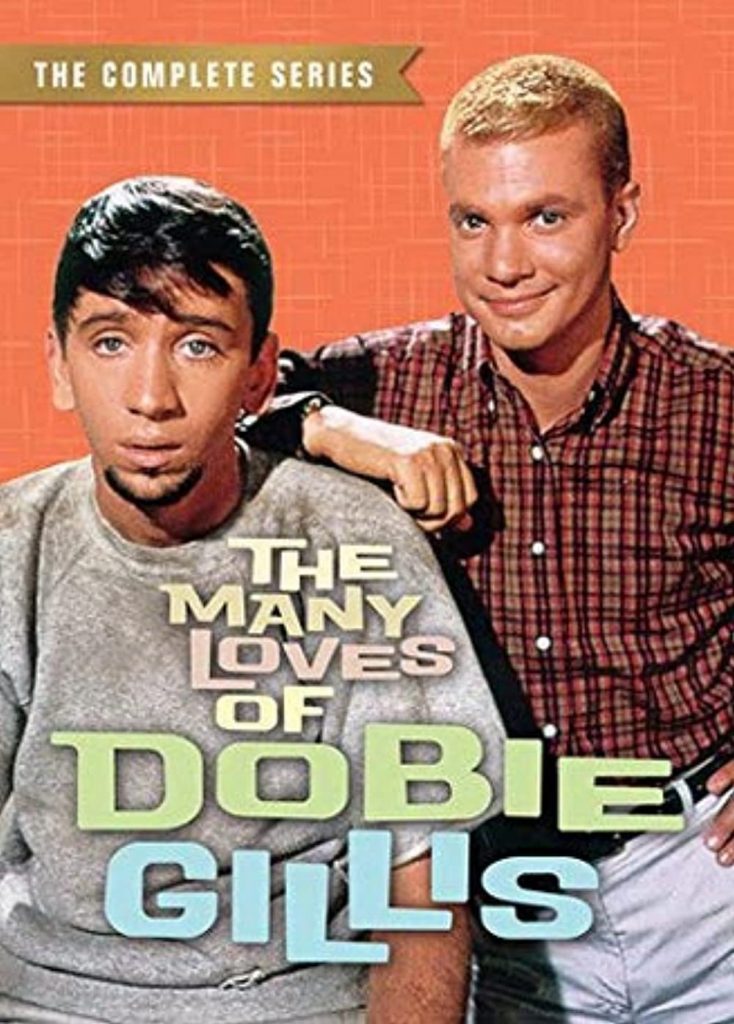
Published Jan. 9, 2022Updated Jan. 11, 2022
Dwayne Hickman, the affable, apple-cheeked actor whose starring role in the revered sitcom “The Many Loves of Dobie Gillis” would dog him for more than half a century, died on Sunday at his home in Los Angeles. He was 87.
The cause was complications of Parkinson’s disease, a spokesman for his family said.
Broadcast on CBS from 1959 to 1963, “The Many Loves of Dobie Gillis” was an essential ingredient of adolescence for the postwar generation and remained popular in syndication for years. Mr. Hickman became one of TV’s first teenage idols for his portrayal of its lovelorn hero, and he remained indelibly identified with the character ever after, a fate he bore with genial resignation.
“Dobie Gillis” followed the fortunes of its hero, his friends and family in Central City, a community whose precise location was never specified but that in all its wholesomeness seemed eminently Midwestern.
Dobie, 17 when the show begins, is Everyteen. (Early in the series, Mr. Hickman’s brown hair was bleached blond to make him look as cornfed as possible, until the peroxide treatments began to make his hair fall out.) He pines ardently, in the words of the show’s jazzy theme song, for “a girl to call his own,” and just as ardently for the financial wherewithal to squire that girl around.
For all its well-scrubbed chastity, the series marked a quietly subversive departure from the standard television fare of the day. It was among the first to place the topical subject of teenagerhood front and center by recounting the story from a teenager’s point of view. It broke the fourth wall weekly, opening with a monologue in which Mr. Hickman, seated in front of a replica of Rodin’s “Thinker,” gave viewers a guided tour of his gently angst-ridden soul.
Many well-known actors received early exposure on the series, notably Bob Denver as Dobie’s best friend, Maynard G. Krebs, a scruffy junior beatnik who yelps “Work!” at the merest suggestion that he seek gainful employment. Mr. Denver would go on to star in “Gilligan’s Island.”
Tuesday Weld was seen regularly as the beautiful, avaricious Thalia Menninger, the financially unattainable object of Dobie’s affections; Warren Beatty had a recurring role early in the run as a blue-blood classmate.
Dobie’s cantankerous, tightfisted father and sweet, harebrained mother were played by the characters actors Frank Faylen and Florida Friebus. His deeply intellectual classmate Zelda, aflame with unrequited love for Dobie, was portrayed by Sheila James. (Under her full name, Sheila James Kuehl, she became, in 1994, the first openly gay person to be elected to the California state legislature.)
Mr. Hickman had begun his screen career — reluctantly — some two decades earlier, trailing in the footsteps of his brother, Darryl, three years older and initially far better known. Darryl Hickman, whose fame was eventually eclipsed by Dwayne’s, would play Dobie’s big brother, Davey, in a few episodes of the show’s first season.
By the time “Dobie Gillis” ran its course, Dwayne Hickman had become so closely identified with the title character that he had difficulty landing other roles. He was too old by then to play a teenager in any case: He had been 25 when “Dobie” began and was 29 when it ended.
As a result, his career over the following decades wove in and out of Hollywood, embracing stints as the entertainment director for Howard Hughes’s Landmark Hotel in Las Vegas, an advertising man, a network programming executive and, in later years, a successful painter of realist landscapes.
But for decades after his series ended, Mr. Hickman could scarcely walk down an American street without a stranger stopping, staring and joyfully calling out, “Hi, Dobie!” as if greeting a long-lost friend.
Dwayne Bernard Hickman was born in Los Angeles on May 18, 1934. His father, Milton, was an insurance man; his mother, the former Louise Ostertag, had had designs on stardom herself but, as Louise Lang, made it only as far as extra work in a few Hollywood pictures.
As an adult, Mr. Hickman said that he had never planned on an acting career and had never particularly wanted one. He landed his first screen role by accident, when his mother brought him along to Darryl’s audition for “The Grapes of Wrath,” the 1940 Henry Fonda vehicle. Darryl won a part as one of the Joad children; Dwayne was cast as an extra, earning $21.
Dwayne’s other childhood screen appearances included roles on the TV series “Public Defender,” “The Loretta Young Show” and “The Lone Ranger” and in the films “The Boy With Green Hair” (1948) and “Rally ’Round the Flag, Boys!” (1958), based on a novel by Max Shulman, the creator of “Dobie Gillis.”
He received his broadest exposure yet when he was cast in “The Bob Cummings Show” (also called “Love That Bob”) as Chuck, the nephew of Mr. Cummings’s character; the series was broadcast variously on NBC and CBS from 1955 to 1959.
While working on that show, Mr. Hickman was a full-time student at what is now Loyola Marymount University in Los Angeles. Though the demands of his screen career caused him to leave before graduating, he later returned and completed a bachelor’s degree in economics.
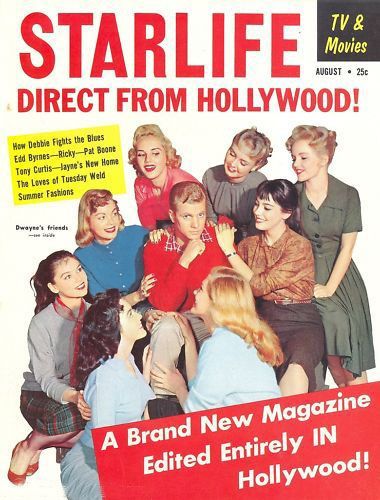
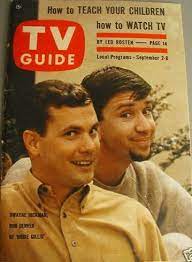
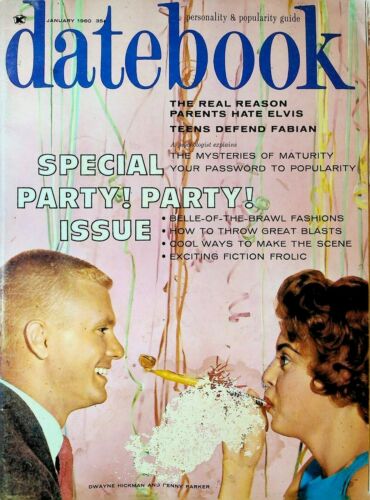
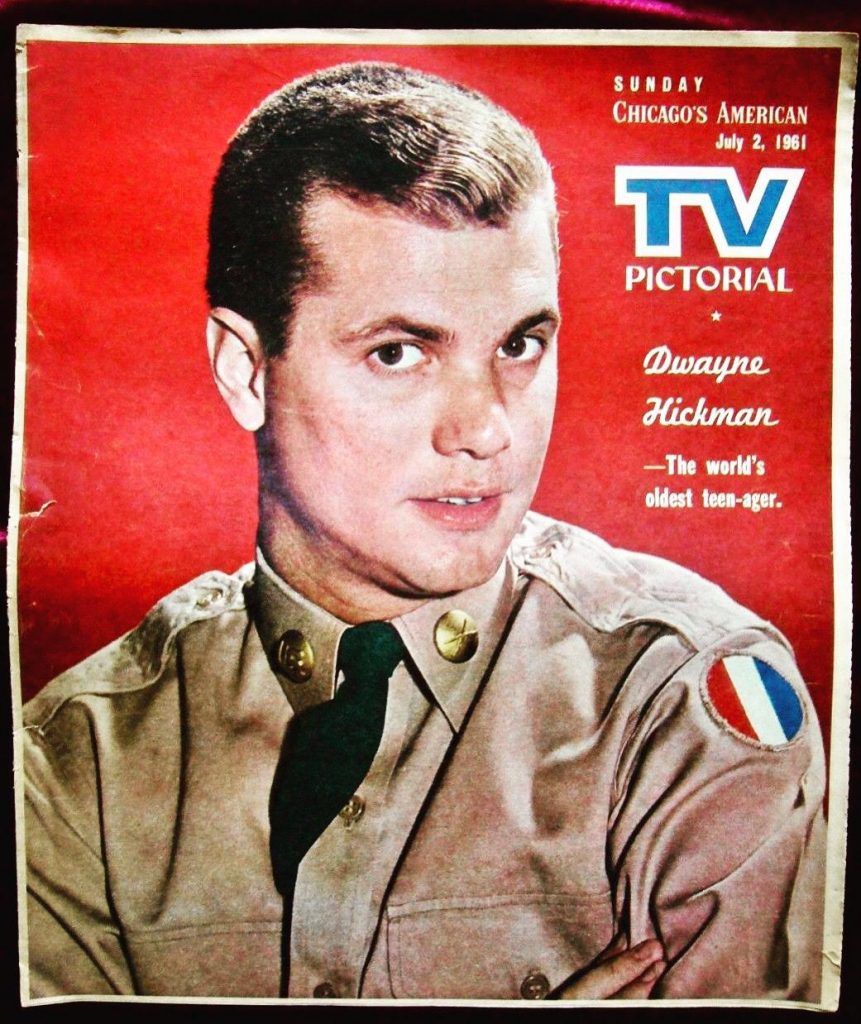
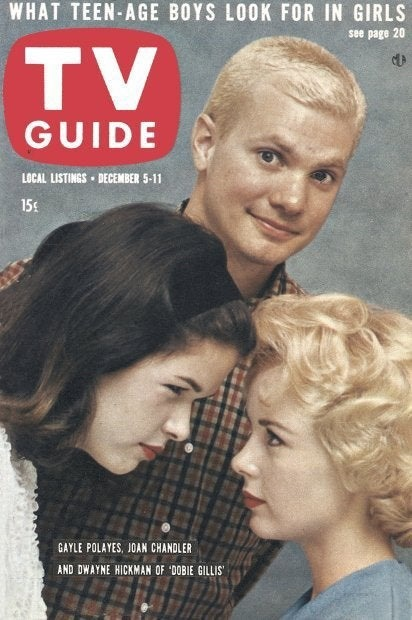
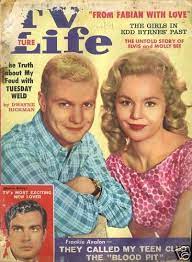
Once Mr. Hickman became a nationwide heartthrob as Dobie — other actors considered for the role had included Tab Hunter and Michael Landon — his handlers tried to cash in by turning him into a singing star. By his own ready admission Mr. Hickman could not sing. The two resulting albums, “School Dance” and “Dobie,” he later wrote, “didn’t exactly top the Billboard charts. ”
His post-“Dobie” credits include the film “Cat Ballou,” with Jane Fonda and Lee Marvin but consist mostly of trifles like “How to Stuff a Wild Bikini” (1965); two TV reunions, “Whatever Happened to Dobie Gillis?” (1977) and “Bring Me the Head of Dobie Gillis” (1988); and, in the 1990s, a recurring role on the series “Clueless.”
Starting in 1977, Mr. Hickman spent a decade as a program executive at CBS, where he supervised the content and development of a number of series, including “Maude,” “Good Times,” “M*A*S*H” and “Alice.” He directed episodes of several TV shows, among them “Charles in Charge” and “Designing Women.”
Mr. Hickman’s first marriage, to Carol Christensen, ended in divorce, as did his second, to Joanne Papile. He is survived by his brother; his sister, Deirdre LaCasse; his third wife, Joan Roberts Hickman; their son, Albert; a son, John, from his first marriage; and two grandchildren.
In his 1994 memoir, “Forever Dobie: The Many Lives of Dwayne Hickman,” written with Ms. Roberts Hickman, Mr. Hickman recounts what happened when he took her to the hospital to await the birth of their son.
“When I walked into the labor room, a nurse was asking her questions as she filled out her chart,” he wrote. “When she finished, she looked up and said, ‘Thank you, Mrs. Gillis, I’ll be back in a few minutes.’’
Mr. Hickman continued: “Joan grabbed my hand and said, ‘Promise that if anything happens to me you won’t name this boy Dobie
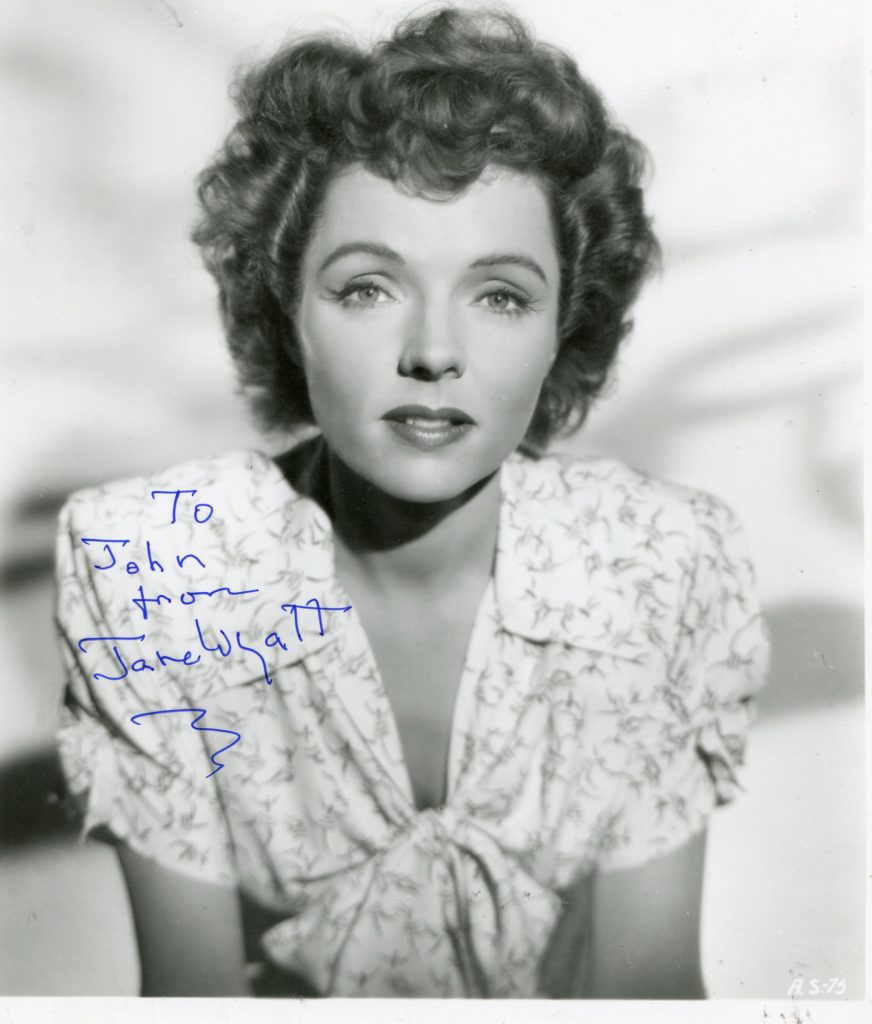
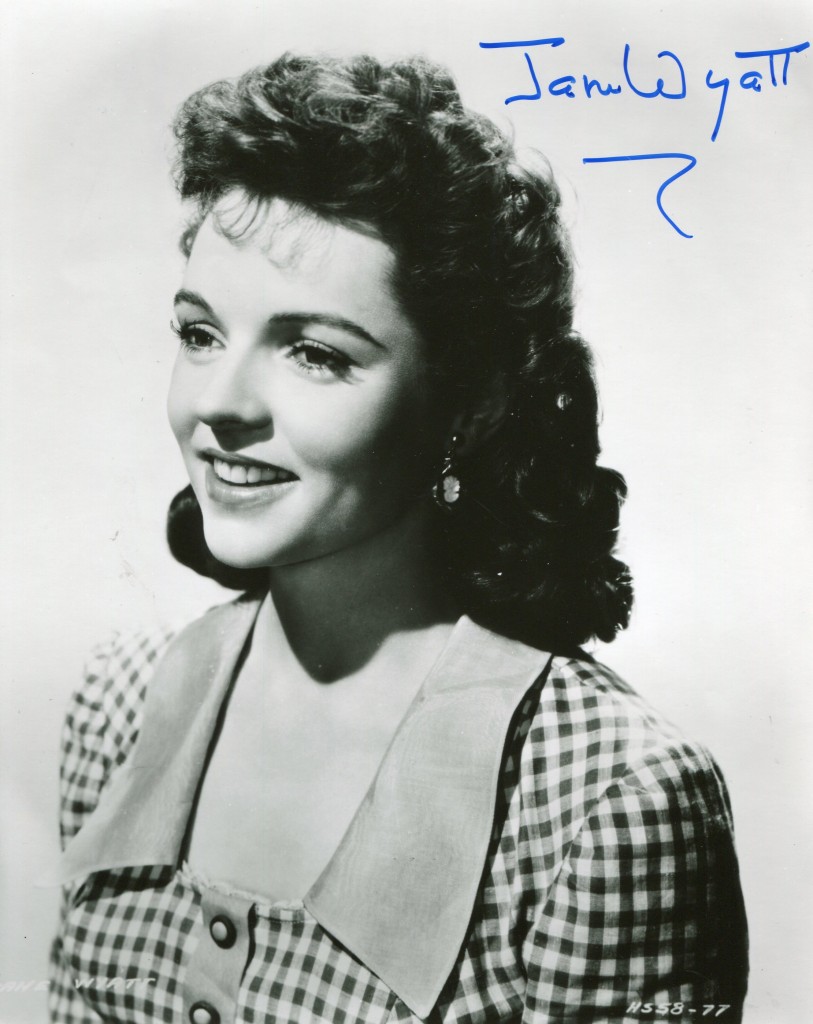
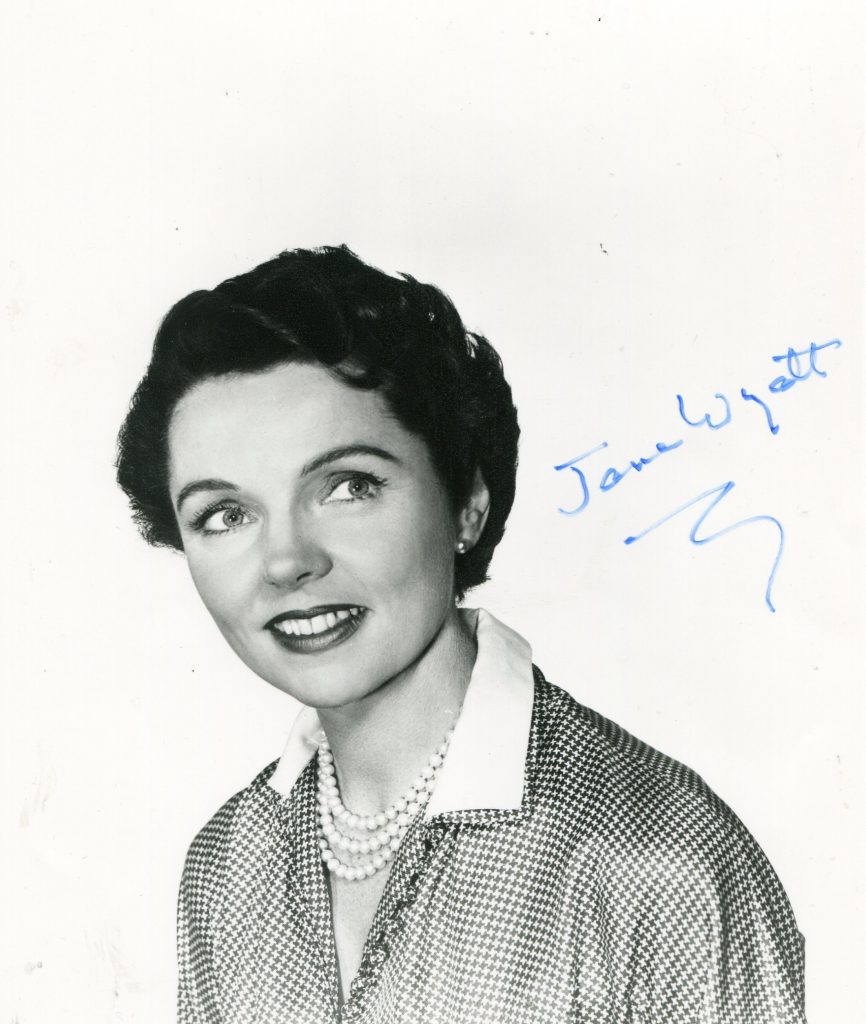
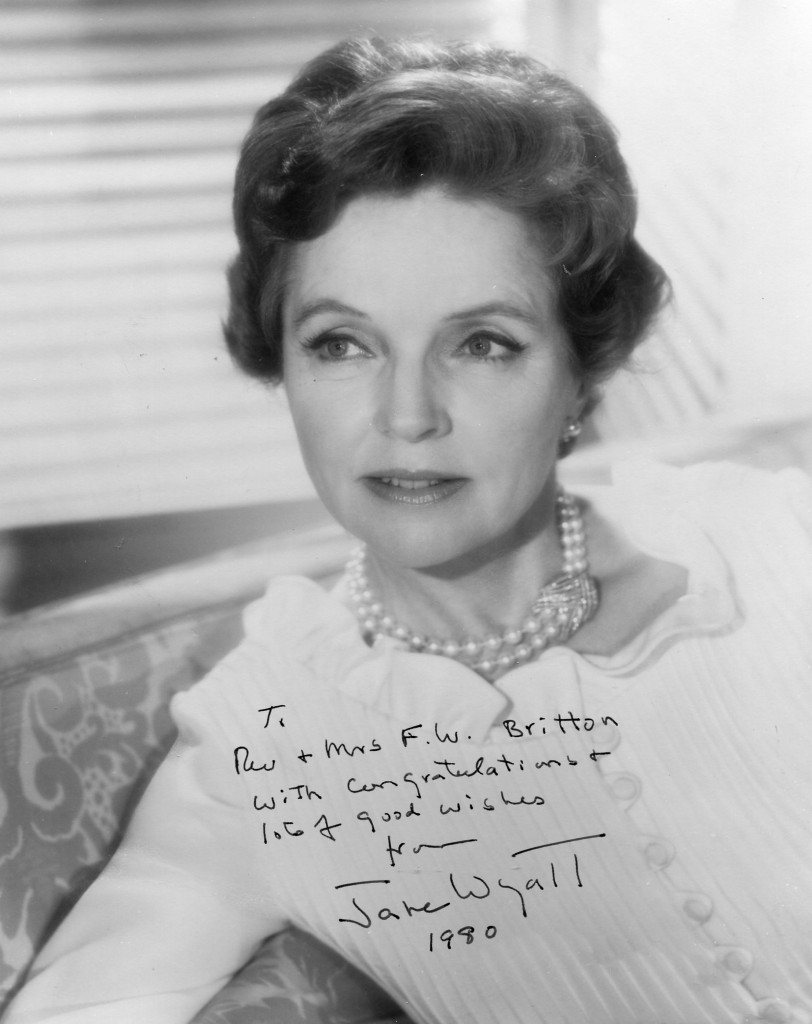
Jane Wyatt was a warm loving presence in many films and television roles from the early 1930’s. She was born in 1910 in New Jersey. In 1937 she made her most famous role in “Lost Horizon” opposite Ronald Colman. Her other films include “None but the Lonely Heart” with Cary Grant”, “Gentleman’s Agreement” with Dorothy McGuire whom she physically resembled and “Boomarang”. On television she played Robert Young’s wife in the very long running “Father Knows Best” and Norman Lloyd’s wife in “St Elsewhere”. Jane Wyatt died in 2006 at the age of 96.
Tom Vallance’s obituary of Jane Wyatt in “The Independent”:
Jane Wyatt had an exceptionally long acting career in film, television and on stage. Petite and pretty, she had an innate warmth that permeated her performances in such films as Lost Horizon and Pitfall, and brought her many roles as congenial, understanding wives – an image she had great success with on television in the series Father Knows Best, for which she won three Emmy Awards. Later a new generation discovered her as Spock’s mother in Star Trek.
She was also a leading figure in Hollywood society, as befitting a descendant of early Dutch settlers – a paternal ancestor, Philip Livingston, was a signatory of the Declaration of Independence.
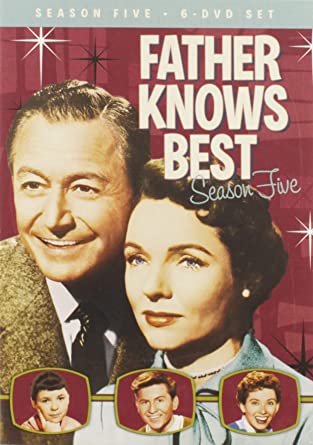
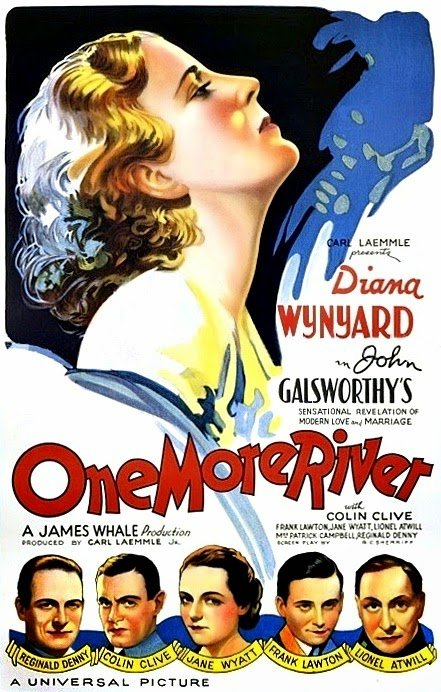
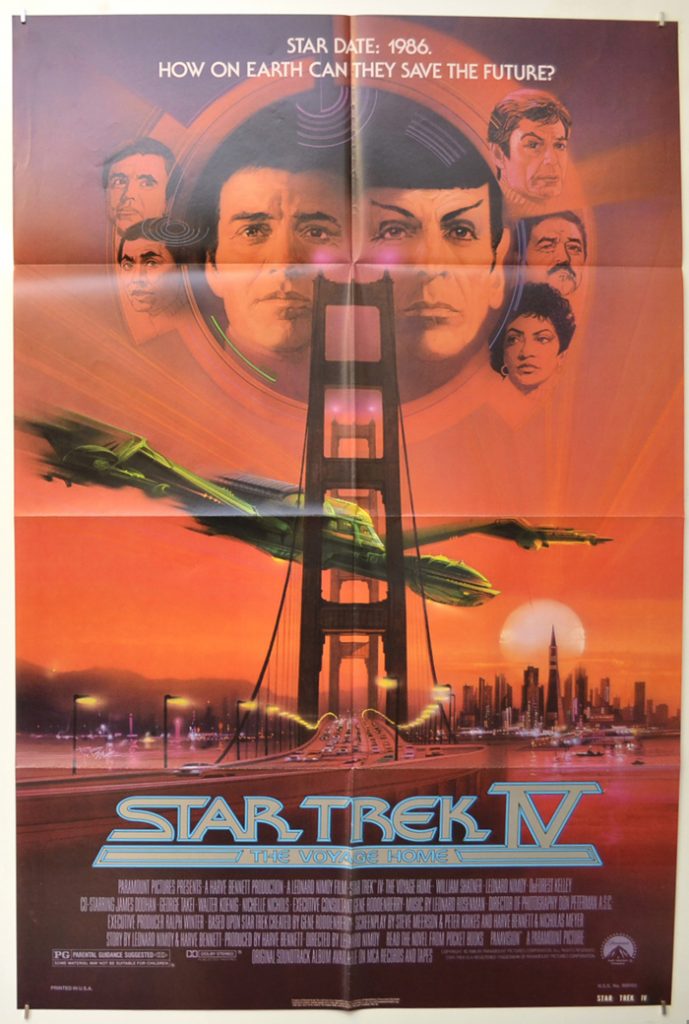
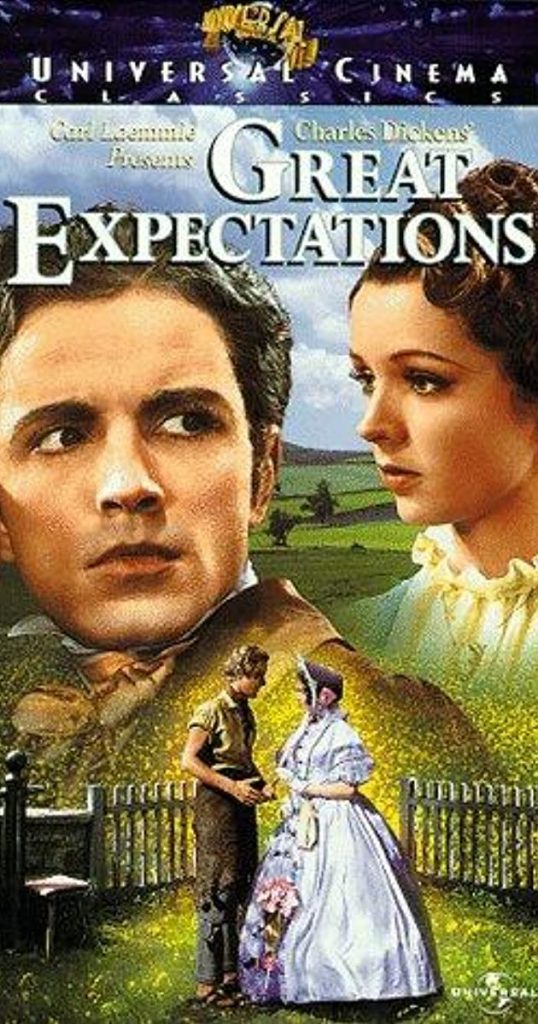
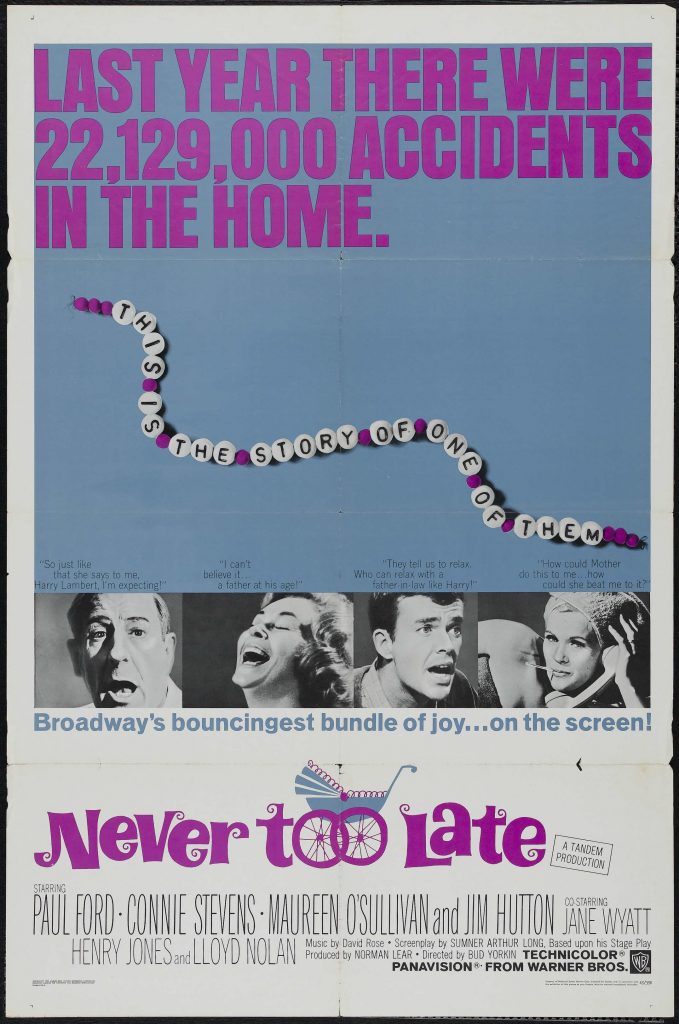
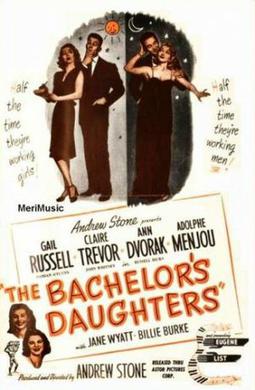
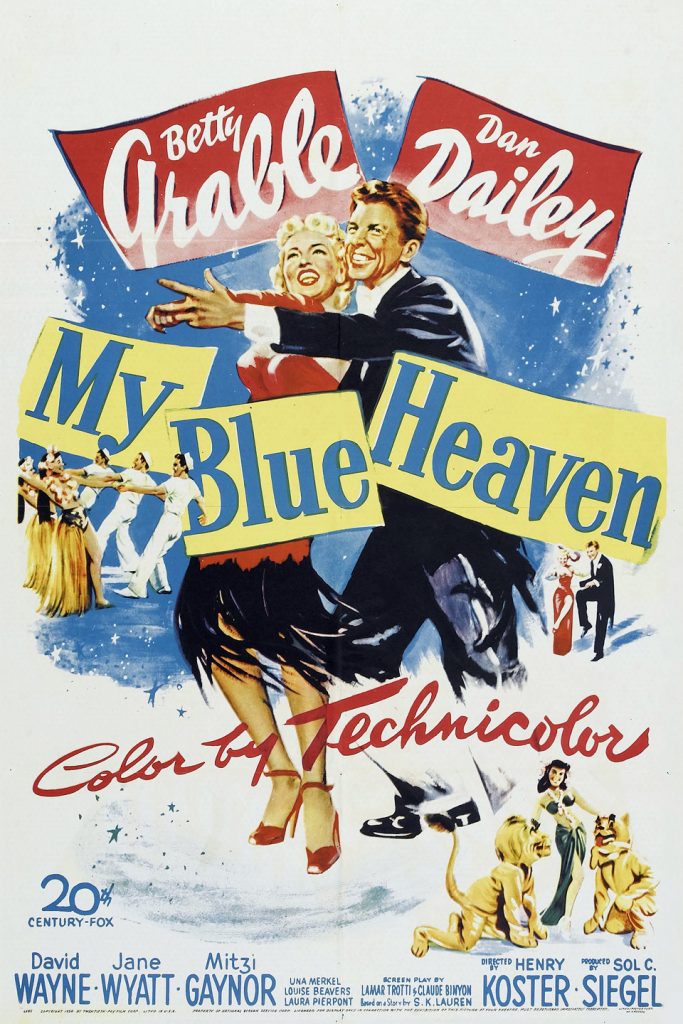
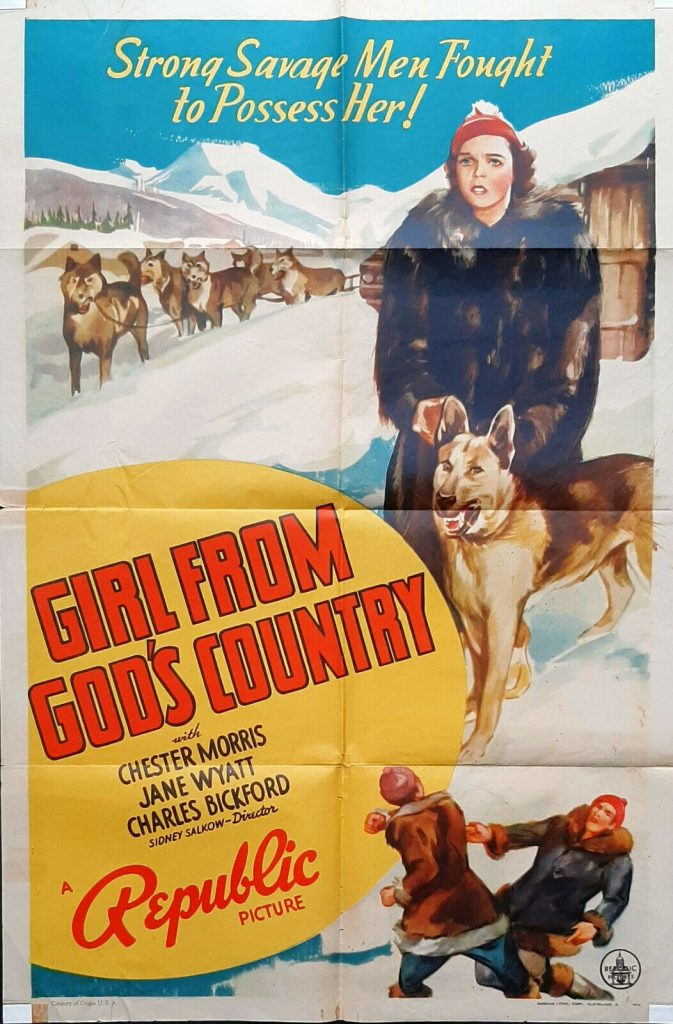
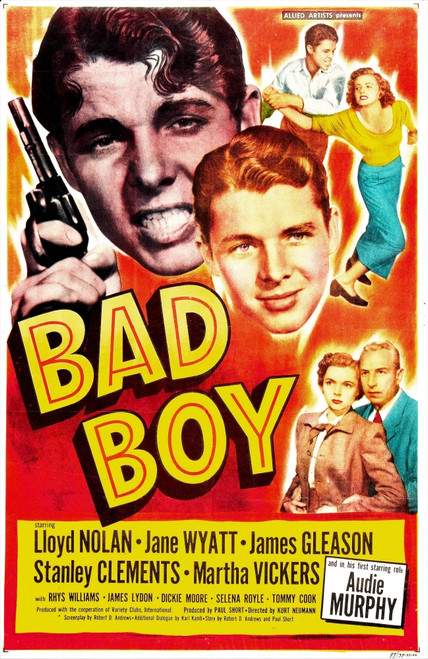
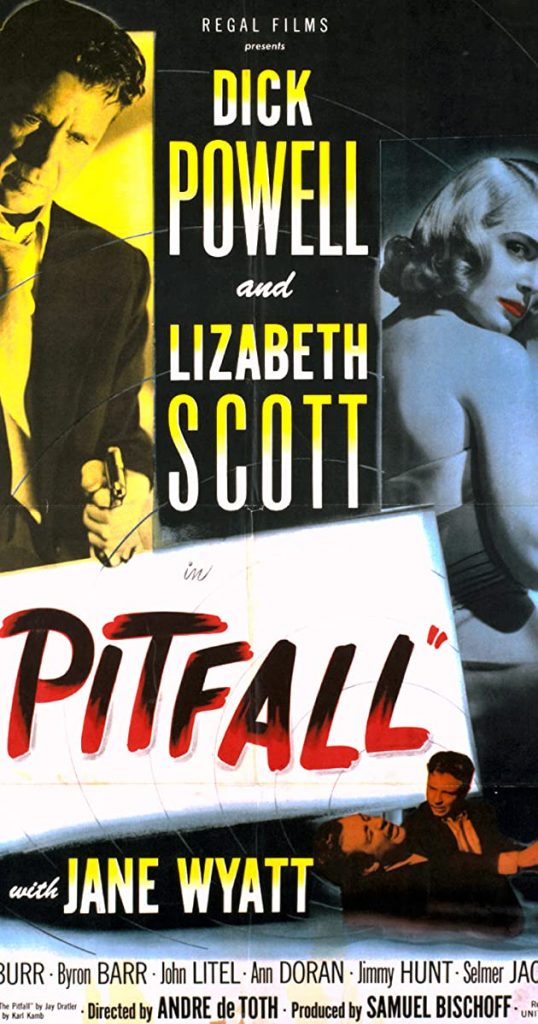
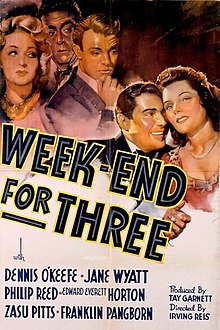
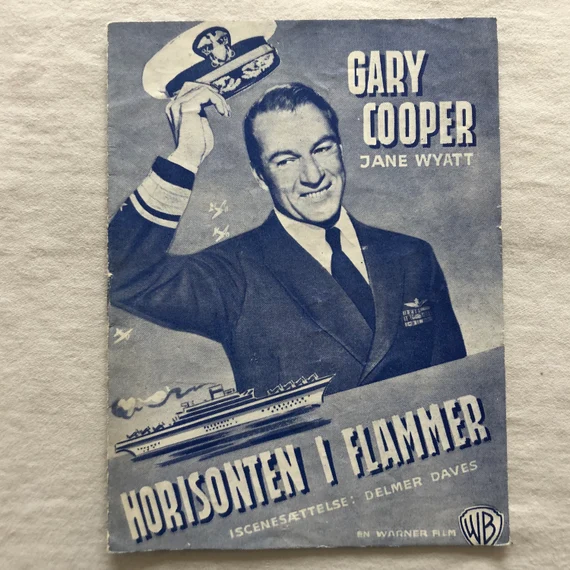
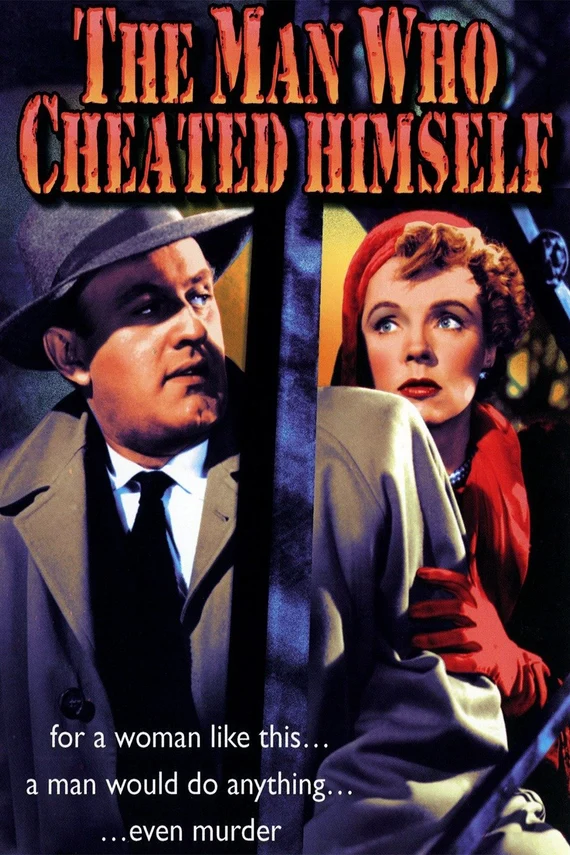
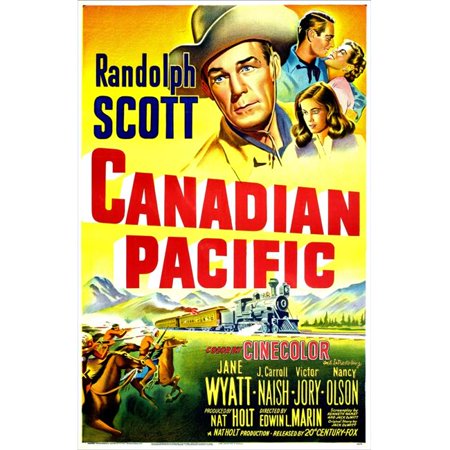
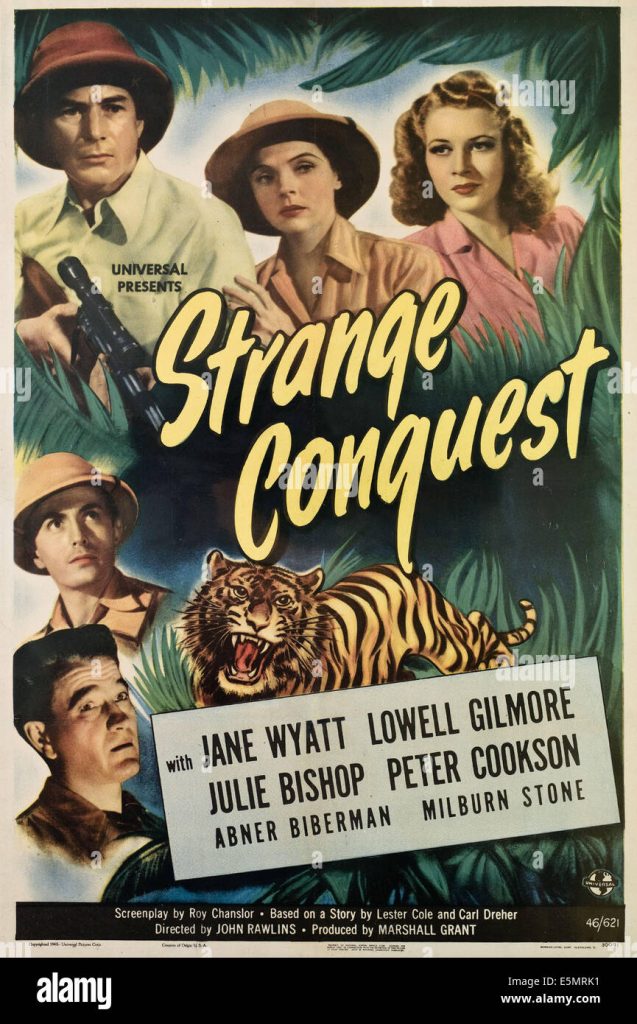
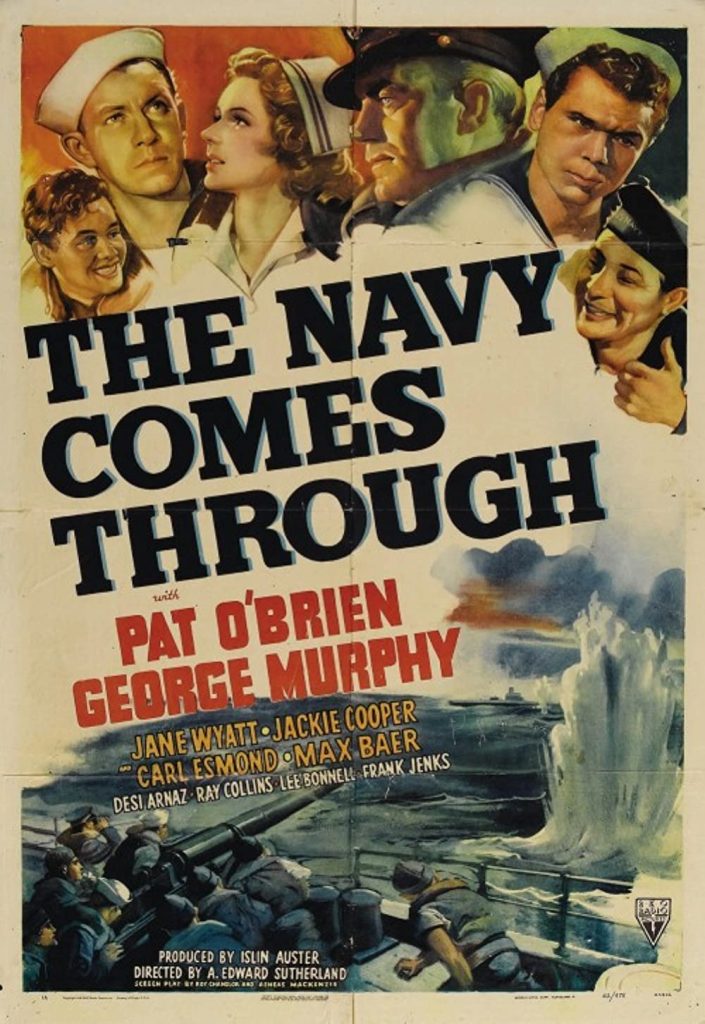
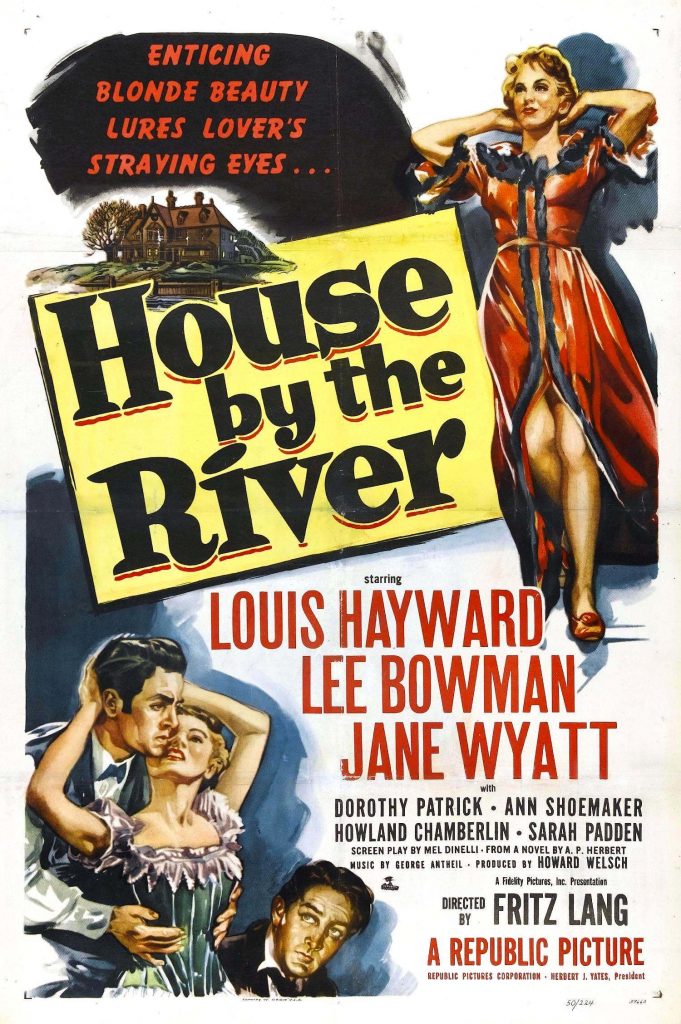
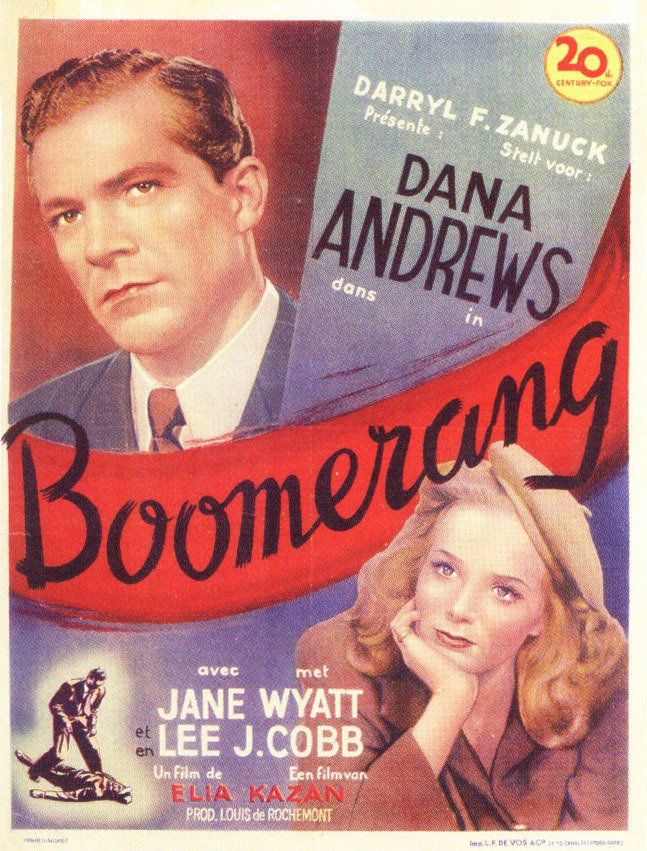
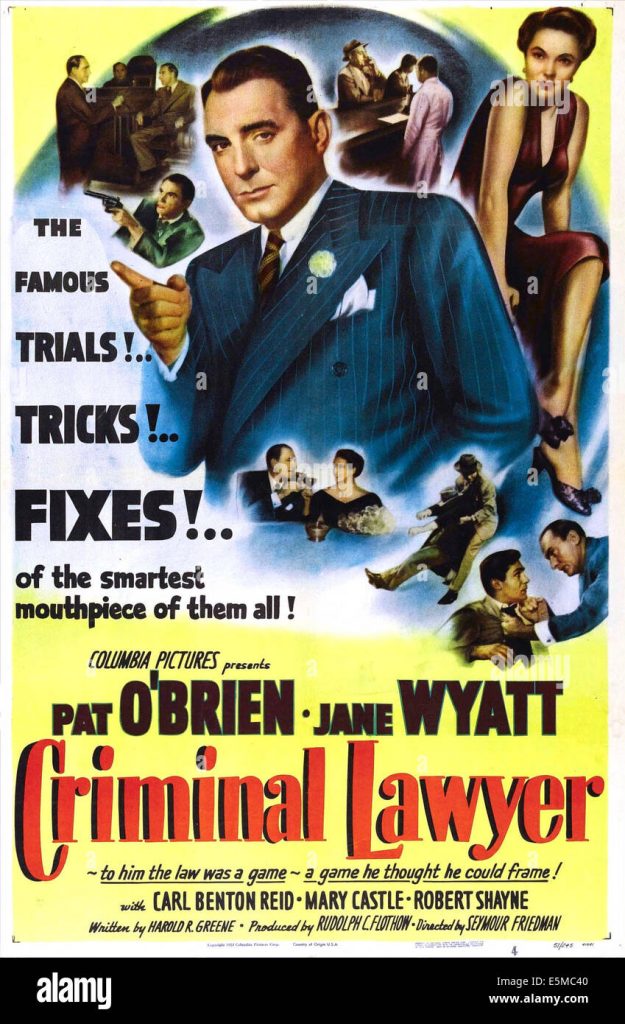
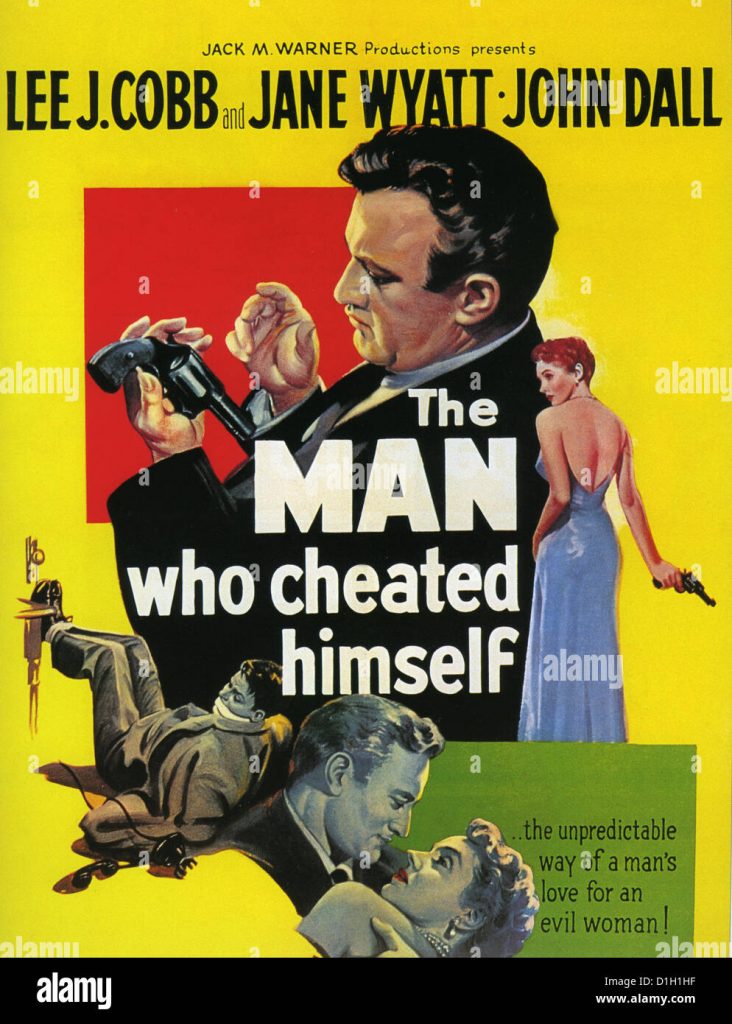
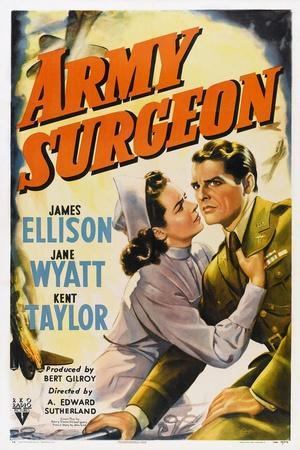
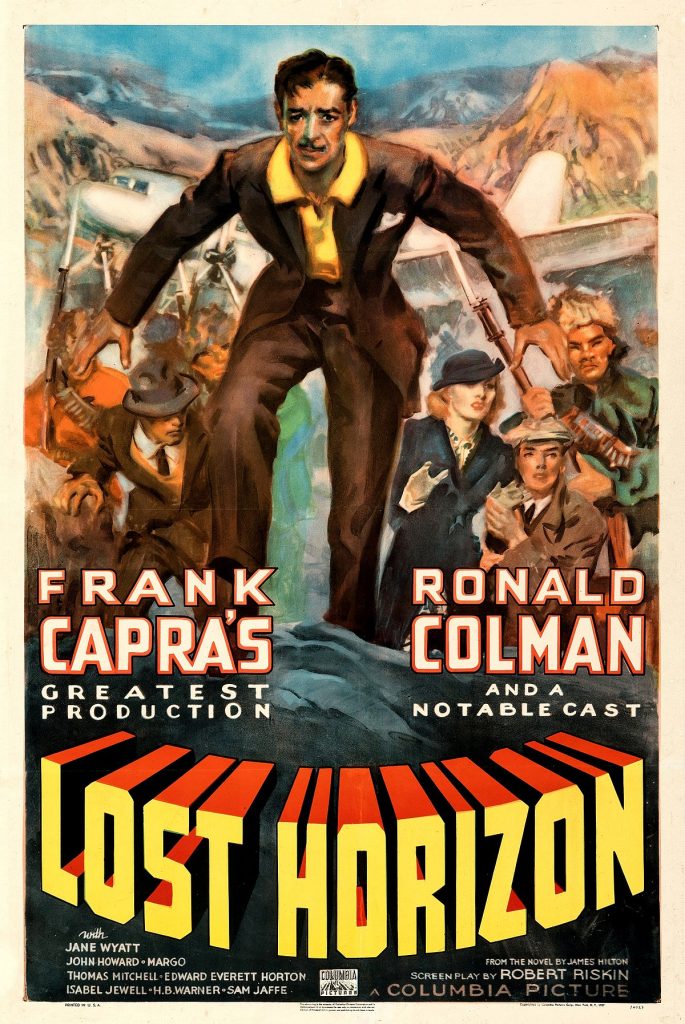
Wyatt’s mother was a Colonial Dame of America, her father of English and Irish stock. When Jane Waddington Wyatt was born in Campgaw, New Jersey, in 1910, they were part of New York’s famed “Four Hundred” but, contrary to some reports, they did not threaten to disown their daughter when she declared her ambition go on the stage. “I can’t remember a time when I didn’t want to be an actress,” she recalled:
I’ve read reports that my family didn’t want me to act and disowned me. Not a bit of it. My mother was a dramatic critic for 35 years. I was surrounded by drama. All my father’s side of the family were Episcopalian ministers, and he said, “What’s the difference between the pulpit and the stage?”
Attending Barnard College, part of Columbia University, Wyatt performed in school plays and during the summer acted with the Berkshire Playhouse:
They asked me to come back the next summer, so I thought, “I’m not going back to college. I’m going to get a job and learn how to act.” So I walked up and down Broadway trying to get a job. It was fun, but I don’t know if you can do that today.
She made her Broadway début as the ingénue in Give Me Yesterday (1931) by A.A. Milne, playing the daughter of the English prime minister (Louis Calhern). Other small roles followed, while she studied with Miss Robinson Duff, whose other pupils included Katharine Hepburn and Ina Claire. Plays in which she appeared on Broadway included Fatal Alibi (1932), starring Charles Laughton and based on Agatha Christie’s The Murder of Roger Ackroyd, Somerset Maugham’s For Services Rendered (1933), and Evensong (1933), in which she played the niece of a temperamental opera star (Edith Evans):
Evans had had a big hit with the play in London, and I remember the director telling us that this was one of the greatest actresses in the world, but somehow on the opening night she was awfully nervous and she did not get good reviews. I got spectacular reviews.
Offered a Hollywood contract that allowed her to take stage work in New York, she made her screen début as the younger sister of Diana Wynyard in James Whale’s One More River (1934 – “I adored Diana,” she said), and then played Estella in Great Expectations (1934), co-starring Phillips Holmes as Pip. “He was beautiful-looking and just as nice as could be,” recalled Wyatt, “but he was on drugs. He was the first person I had heard of being on drugs – it was to ruin his career.”
After roles in We’re Only Human and The Luckiest Girl in the World (both 1936), Wyatt was cast in her most memorable role, in Frank Capra’s enduring fantasy Lost Horizon (1937), which put the word Shangri-La (the dream city in which people hardly age) into the English language:
Frank said he needed an unknown, but somebody experienced in movie-making, and since I’d only done flops I fit the bill . . .
Lost Horizon was “a hit but not a smash”. She attributed much of the film’s appeal to its cast:
Those great character actors are gone. In 1937 we’d see them in every other picture so they seemed less special. Now we can sit back and appreciate them because that kind of acting will never be seen again.
Her next films were inconsequential, and in 1940 she returned to Broadway to star alongside Elia Kazan and Morris Carnovsky in Clifford Odets’s Night Music, a Group Theatre production that ran for only 20 performances, though the three leading players received glowing reviews. She returned to Hollywood to appear in wartime morale boosters such as Army Surgeon and The Navy Comes Through (both 1942) and the westerns Buckskin Frontier and The Kansan (both 1943):
They were fun because I loved to ride. My leading man in both was Richard Dix from the silent days, and he was old enough to be my father. By the time he’d put on his hat and his dentures in and he had his corset on and high heels, he was more romantic than anyone in the picture.
None but the Lonely Heart (1944), written by Odets, starred Cary Grant in the offbeat role of a cockney down-and-out:
A lot of the Group Theatre were in that. Cary, who told me this was as close as he ever got to revealing his true self to audiences, should have won an Oscar, but people didn’t like him in that sort of role.
After a Broadway hit, Hope for the Best (1945), and a tour as Sabina in The Skin of Our Teeth (1946), Wyatt co-starred with Adolph Menjou and Gail Russell in the amusing film comedy The Bachelor’s Daughters (1946), then played a small role in the Oscar-winning film about anti-Semitism, Gentleman’s Agreement (1947), directed by her friend Elia Kazan. She then appeared in another distinguished Kazan film, Boomerang! (1947), as the wife of an an attorney (Dana Andrews), and followed this with one of the finest of her “wife” roles, that of the wife and mother whose husband (Dick Powell) has an affair in André de Toth’s highly regarded film noir Pitfall (1948). The French critic Philippe Garnier wrote of the moment when Wyatt discovers the affair,
It is on Jane Wyatt’s haggard face that one’s attention finally rests. This pretty little face, usually so strong and witty, is suddenly broken by pain, humiliation and incomprehension. And this is the same face found in the last scene, eyes fixed on the car windscreen in order not to look at her husband while, in a feeble voice, she announces the sort of pardon which has nothing to do with a happy ending . . . One of the most chilling endings in the history of cinema. And also one of the most realistic.
Wyatt next played Gary Cooper’s wife in the 1949 naval drama Task Force (“Cooper, who had casting approval, jokingly told me he asked for Jane Wyman and got me by mistake”) and a wife and mother distressed at her eldest daughter’s reaction upon discovering she was adopted in Our Very Own (1950), then returned to film noir with Fritz Lang’s The House by the River (1950). She starred with Lee J. Cobb in The Man Who Cheated Himself (1951), but too many of her roles were inconsequential – such as Betty Grable’s best friend in My Blue Heaven (1951) – and movie offers became scarce after she joined a group of stars who flew to Washington to protest at the hearings of the Un-American Activities Committee.
Film offers already made were rescinded, and further offers were unforthcoming. “So I went to New York and did live television, which I loved doing.” Wyatt returned to Hollywood when asked to appear in the television version of a radio show, Father Knows Best:
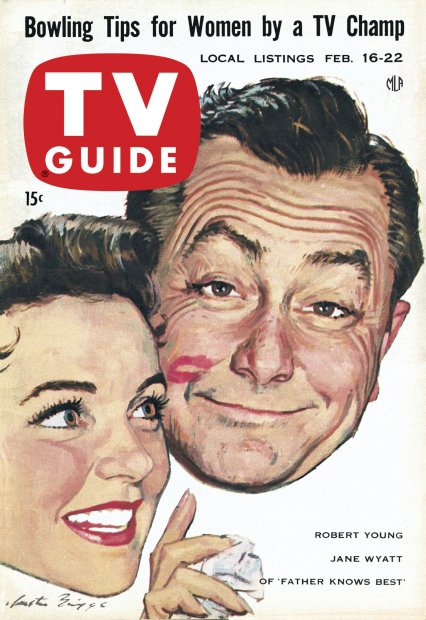
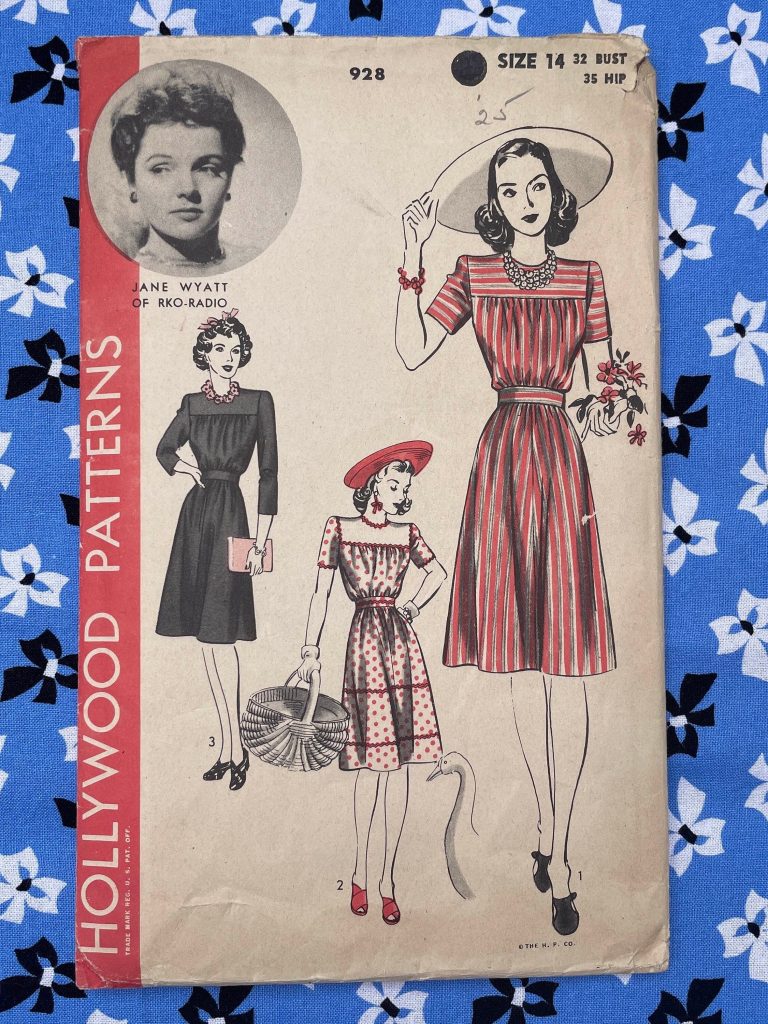
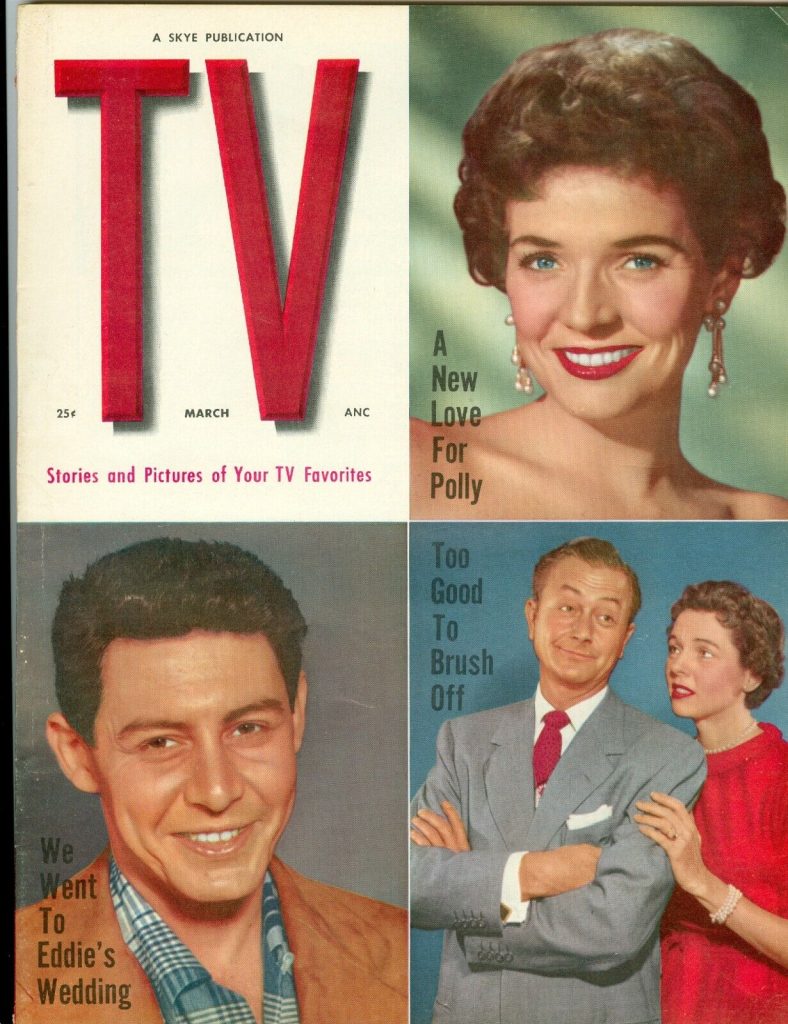
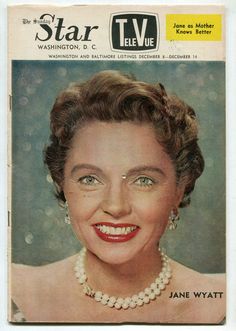
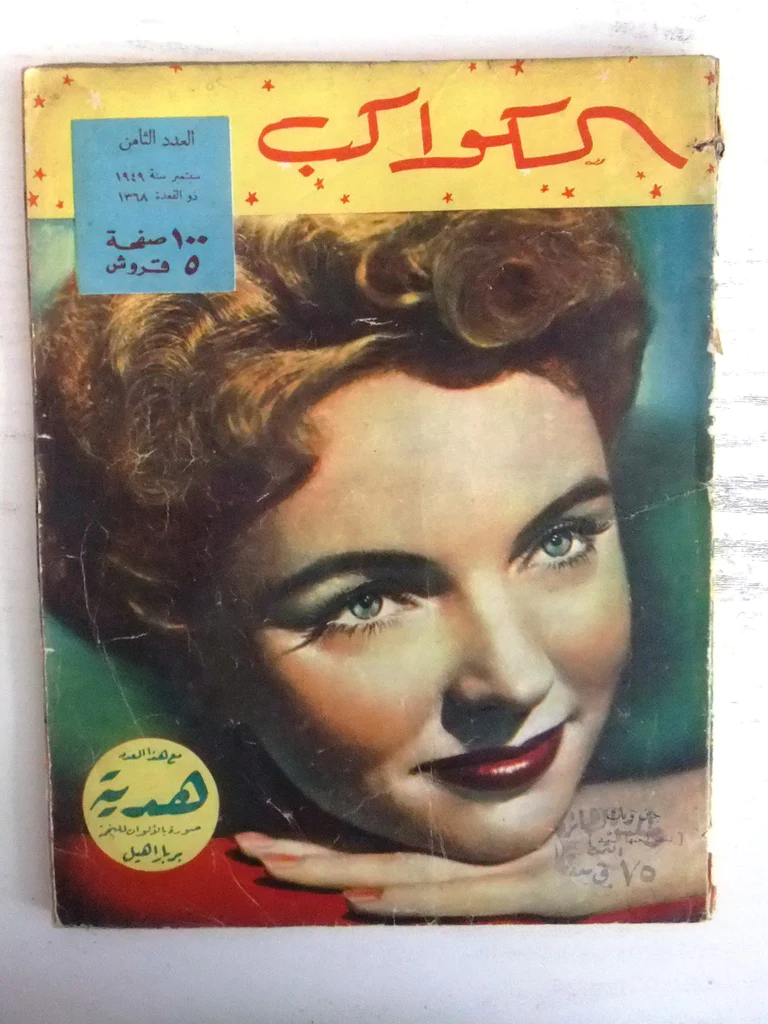
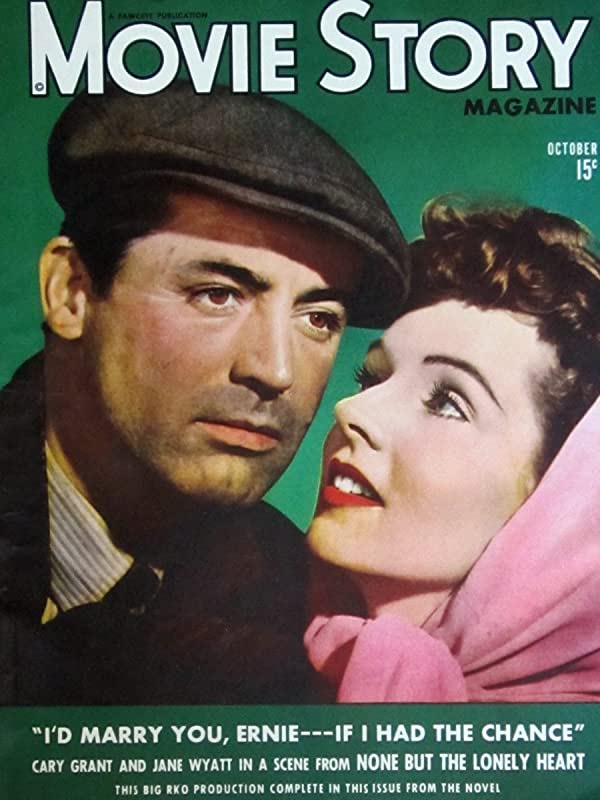
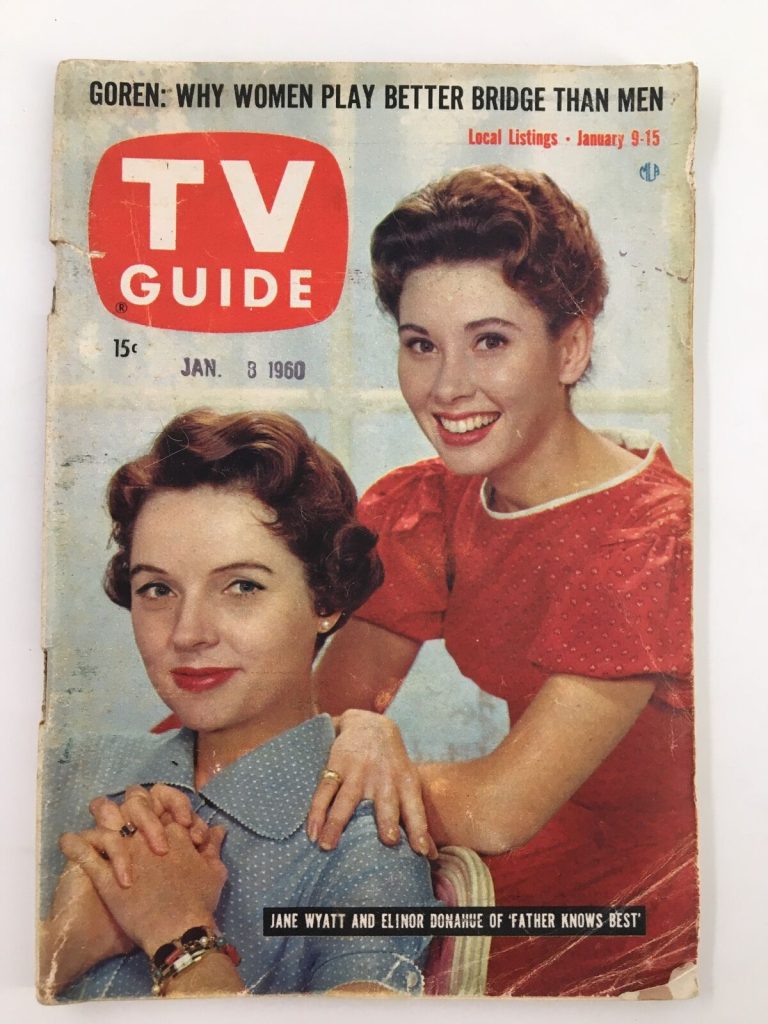
I was asked time and again and said, “No.” I didn’t want to be in a TV series. To me it seemed so way down below you and so boring to be stuck in a part. My agent called and said it was the last chance, and my husband said, “Look, you’ve been in New York all this time and haven’t had a decent play. Why don’t you read the script?” Well, I read it and it was charming, so I agreed, returned to Hollywood, and did it for six years [1958-63], and it was fun. It could have gone on forever, but the children had grown up.
Each show started with the husband (Robert Young) arriving home from work, taking off his sports jacket and putting on a comfortable sweater before dealing with the everyday problems of a growing family. He and his wife Margaret (Wyatt) were portrayed as thoughtful, responsible adults (in contrast to the majority of situation comedies of the time) and when the series ended it was at the peak of its popularity. Wyatt won Best Actress Emmy awards for her role in 1958, 1959 and 1960.
A later television role was to bring Wyatt notoriety, that of Spock’s earth-born mother in the Star Trek episode “Journey to Babel” (1967), a role she reprised in the film Star Trek IV: The Voyage Home (1986):
I get fan mail from Father Knows Best and Lost Horizon, but the Star Trek mail gets more and more. I’m a human who married a Vulcan – someone has written a whole book about the mother.
Wyatt once said, “My dream of being in a great Broadway play never did come true.” Asked by Michael Gartside in 1998 what her philosophy was, she replied,
To have a happy marriage. I have been married for 63 wonderful years, and I adore my sons. But it is hard to act and be a family person.
Her husband, Edgar Ward, died the day before their 65th wedding anniversary. She said, “The acting was the icing on the cake, really.”
Tom Vallance
The above “Independent” obituary can also be accessed online here.



Don Galloway was born in Augusta, Kentucky in 1937. He had a long running success on the detective television series which ran from 1967 until 1975. Prior to this he had a featured role in another excellent detective series “Arrest and Trial”. His films include in 1966 “The Rare Breed” with Maureen O’Hara, James Stewart and Juliet Mills. One of his last film appearances was in “The Big Chill”. He died at the age of 71 in 2008.
Anthony Hayward’s obituary on Don Galloway in “The Independent”:
The dependable character actor Don Galloway, who has died aged 71 after suffering a stroke, became a familiar face to television viewers worldwide as Raymond Burr’s sidekick in the crime drama A Man Called Ironside. But fame was never a goal for the square-jawed Galloway, who played the solid, serious detective sergeant Ed Brown in the series. “It’s a question of values,” he once said. “Some people want to be a star. Some people want to be rich. I really just want to act and to make a living acting.”
Brown was one of three aides to Robert T Ironside, the San Francisco Police Department chief of detectives, played by Raymond Burr, who, having been paralysed from the waist down after a bullet grazed his spine, returns to the department as a wheelchair-bound consultant. Galloway played one sidekick, with Barbara Anderson as the policewoman Eve Whitfield (later Elizabeth Baur as Fran Belding) and Don Mitchell as Ironside’s bodyguard, the reformed tearaway Mark Sanger.
Throughout A Man Called Ironside (1967-75) – titled simply Ironside in the US – each was given the spotlight in alternating episodes. During the first season, Brown found himself falsely accused of assault after the death of a girl in a hippie hangout. Later, he was shot in the spine by a sniper. Experimental surgery that saved him was seen in the second instalment of the two-part story, which was concluded in another series produced by the NBC network, The Bold Ones: The New Doctors (1972). This pioneering “marriage” of two programmes soon became common practice on American TV.
Born in Brooksville, Kentucky, Galloway wanted to become an actor from the age of 12, when his family first bought a TV set. After serving in the US army as a radar operator, he studied drama and fine arts at the University of Kentucky, then moved to New York and took a job as a page at NBC, the US TV network.
His acting break came in the off-Broadway play Bring Me a Warm Body (1962). One critic wrote of him: “If the actor playing the actor who can’t act could act, it would be better.” But Galloway won a Theatre World Award as most promising newcomer. This led to his first big television role, as the first of three actors to play Kip Rysdale in the daytime soap opera The Secret Storm (1962-63). “I was rich and bad,” recalled Galloway of his character. “I got a girl pregnant and then I killed her, and then I went to prison.”
A string of one-off character parts followed in popular series such as The Alfred Hitchcock Hour (1963), The Virginian (1963, 1966) and Wagon Train (1965). He also had a leading role as the newlywed Dr Tom Gentry in the short-lived sitcom Tom, Dick and Mary (1964-65).
Galloway remained in constant demand, reprising his role as Brown in the TV movie The Return of Ironside (1993) and playing the conservative husband of one of a group of college friends who reunite in the film The Big Chill (1983).
After he left acting, Galloway worked as a deputy sheriff in San Bernardino County, California. He then moved to New Hampshire and wrote a column for the Manchester Union Leader newspaper. Last year, he moved to Reno, Nevada.
In 1963, Galloway married Linda Robinson, an actress who appeared in two episodes of A Man Called Ironside. She survives him, along with their two daughters, Tracy and Jennifer, and his stepchildren, Sheila and Robert.
• Donald Galloway, actor, born 27 July 1937; died 8 January 2009









Ed Lauter is an accomplished character actor who was born in 1940 in Long Beach, Long Island. Among his films are “The Last American Hero” in 1973, “The Longest Yard”, “Magic” and “Raw Deal”. He died in 2013.
TCM Overview:
As one of Hollywood’s hardest working character actors, Ed Lauter appeared in small supporting roles in more than 200 movies and television shows, in the process becoming an instantly recognizable face though never a household name. His imposing height, fierce squint and effortlessly intimidating demeanor made him a natural for playing authority figures of both the benign and malevolent variety, and his near constant output yielded a number of unforgettable film performances, from the sadistic yet ultimately honorable Captain Knauer in Robert Aldrich’s “The Longest Yard” (1974), to Maloney, the arsonist-turned-gas station owner in Hitchcock’s final film, “The Family Plot” (1976), to Peppy Miller’s dutiful butler in the Academy Award winner for Best Picture, “The Artist” (2011). Lauter was also a familiar face on television, playing the stern Captain Cain on “B.J. and the Bear” (NBC, 1979-1981) and its spin-off, “The Misadventures of Sheriff Lobo” (NBC, 1979-1981), as well as the uncharacteristically sympathetic role of Fire Captain Dannaker on “ER” (NBC, 1998-2002), in addition to scores of guest appearances on other series and supporting roles in TV movies. Though audiences may have struggled to remember his name, Ed Lauter’s tough, authoritarian image was a familiar and reliable staple of American film and television.
Edward Matthew Lauter II was born on Oct. 30, 1938 in Long Beach, Long Island, NY, where he was raised by his mother, a former stage actress who had worked with legends like Al Jolson, Fred Astaire and the Marx Brothers. Lauter heeded the call of the stage himself, following a two-year stint in the U.S. Army, working as a stand-up comic and impressionist while studying drama at New York’s Herbert Berghof School. He made his Broadway debut in 1968 in the Pulitzer Prize- and Tony award-winning production of “The Great White Hope” starring James Earl Jones, and his performance caught the attention of casting director Lynn Stalmaster. After “Hope” closed in 1970, Lauter moved to Los Angeles, where Stalmaster immediately put his steely, intimidating look to work in supporting tough guy roles in the feature cop drama “The New Centurions” (1972) starring George C. Scott and in the Westerns “The Magnificent Seven Ride!” (1972) and “Bad Company” (1972), starring Jeff Bridges. Lauter also began appearing in very similar roles on television, playing hardnosed character roles on series including Robert Culp’s detective drama “Hickey & Boggs” (NBC, 1972), “Mannix” (CBS, 1967-1975), Ironside (NBC, 1967-1975), and “Streets of San Francisco” (ABC, 1972-77), rapidly becoming one of America’s most employable character actors.
Much as Lauter had listened to the stories of his mother’s legendary cohorts growing up in the midst of New York’s theater community, he was an apt pupil of Hollywood’s elder statesmen, such as Jack Warner, Burt Lancaster and David Niven, and always eager to take advice. His humble manner and impressive work ethic ingratiated Lauter to many of his cast mates and directors, who frequently recommended Lauter for roles in future films. After working with Lauter on “The New Centurions,” George C. Scott cast him in his own directorial work, “Rage” (1972). Similarly, after working with him in “Bad Company,” Jeff Bridges recommended Lauter for roles in “Lolly-Madonna XXX” (1973) and “The Last American Hero” (1973). In 1974, Lauter landed his most memorable part to date, the sadistic but ultimately honorable Captain Knauer in Robert Aldrich’s “The Longest Yard” (1974). The film’s star, Burt Reynolds, sent a print of the film to director Alfred Hitchcock in the hope of being cast in Hitchcock’s “The Family Plot” (1976). Hitchcock had delayed production while seeking the right actor to play Maloney, the film’s third lead. After screening “The Longest Yard,” Hitchcock found his Maloney, but in Lauter, not Reynolds. Thoroughly impressed, Hitchcock would also cast Lauter in his next film, but died before production could begin.
Lauter would put the “good bad guy” character he had developed in “The Longest Yard” and “Family Plot” to work in films such as “King Kong” (1976) and Richard Attenborough’s “Magic” (1978), but began to find more and more work on television, appearing in TV movies and miniseries such as “How the West Was Won” (ABC, 1979) and “Guyana Tragedy: The Story of Jim Jones” (CBS, 1980), and landing a recurring role as the draconian Captain Cain on “B.J. and the Bear” (NBC, 1979-1981) and its spin-off series, “The Misadventures of Sheriff Lobo” (NBC, 1979-1981). When Lauter did appear on the big screen, it was often at the invitation to work with an old friend, as he did with Charles Bronson on “Death Hunt” (1981) and later in “Death Wish 3” (1985). Occasionally Lauter landed substantial roles in memorable films, as he did playing the unfortunate owner of the titular killer dog in “Cujo” (1983), but more often than not, his apparent drive for constant employment meant taking roles in a number of forgettable films and TV series – from Fred Williamson’s hackneyed “The Big Score” (1983) to “The A Team” (NBC, 1983-87). For every popular drama or big-budget action film like “Youngblood” (1986) or “Raw Deal” (1986), Lauter also worked in a negligible film like “Revenge of the Nerds II: Nerds in Paradise” (1987) or “Gleaming the Cube” (1989).
In 1989, Lauter was cast as Whitney Ashbridge, the commanding officer at the Los Alamos army post, in Rolland Joffe’s “Fat Man and Little Boy” (1989), starring Paul Newman. Lauter’s military background, coupled with his ramrod physique, stern glare and bullet-like bald head, made him ideal for portraying staunch authority figures, particularly military and law officers. He would play variations on that theme in Oliver Stone’s “Born on the Fourth of July” (1989), “My Blue Heaven” (1990), “The Rocketeer” (1990), the Steven King miniseries “Golden Years” (1991), “Star Trek: The Next Generation” (CBS, 1987-1994), “True Romance” (1993), and “The X-Files” (Fox, 1993-2002), only occasionally stepping out of uniform as he did quite effectively as Brandon Fraser’s sympathetic but strict father in “School Ties” (1992). As he had done since he first began acting professionally, Lauter took advantage of typecasting to maintain steady work, though this frequently meant appearing in films and television of questionable quality. During the mid- to late-1990s, Lauter turned in credible supporting performances in Mike Figgis’ acclaimed “Leaving Las Vegas” (1995) and Lee Tamahori’s “Mulholland Falls” (1996), but otherwise his work continued to largely consist of bit parts in forgettable films and made-for-television movies.
A recurring role as Fire Captain Dannaker on “ER” (NBC, 1994-2009) provided Lauter with better material than he had found in film for much of the 1990s, but in 2003, Lauter returned to form with “Seabiscuit,” playing Charles Strub, the investor in the Santa Anita racetrack who brought the famed race horse to Southern California. In 2005, Lauter made another sort of return when he was, with Burt Reynolds, one of the only two original cast members to appear in the remake of “The Longest Yard.” Lauter’s nostalgic appearance in the latter film led to roles in “Talladega Nights: The Ballad of Ricky Bobby” (2006) and the Western “Seraphim Falls” (2006), starring Liam Neeson and Pierce Brosnan, but the seemingly workaholic Lauter would continue to appear in lesser features, apparently with little or no regard for the quality of the finished product. As the record of his long career had proven, however, the law of averages would still provide Lauter with finer material in which to perform. After several years working in video fodder like “Godspeed” (2009) and “The Prometheus Project” (2010), Lauter once again landed a plum role in the winner of the Academy Award for Best Picture, “The Artist” (2011). He maintained that quality streak in 2012 by playing a fellow baseball scout alongside Clint Eastwood in “Trouble with the Curve.” In May 2013, Lauter was diagnosed with mesothelioma, a form of lung cancer; he died on October 16, 2013.
By John Crye
The above TCM overview can also be accessed online here.








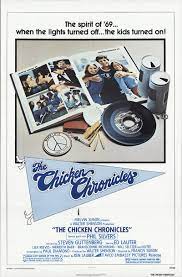




Inger Stevens the blonde actress who played the beguiling housekeeper on “The Farmer’s Daughter” television series for three years, was found dead in her home today.
The cause of the 35‐year‐old actress’s death was listed as “acute barbiturate intoxica tion.”
The coroner’s office said fur ther tests were under way to determine how the pills came to be taken and whether the death would be ruled a suicide.
Miss Stevens died on the way to a hospital after she was found semi‐conscious in her home.
‘A Hard Luck Girl’









Miss Stevens was one of the few actresses who was able to win fame in television and then move on to stardom in the movies. Despite her successes, she was, in her own words, “very much a hard luck girl.”
On New Year’s Day, 1959, she swallowed 25 sleeping pills and a quantity of ammonia in an attempt to take her own life. On another occasion she nar rowly missed being killed in a fiery plane crash.
In an interview some years ago, Miss Stevens said that in addition to these near‐catastro phies, she often felt depressed over “many other sorrows, in cluding the fact I came from a broken home, my marriage was a disaster, and I am con stantly feeling lonely.”
The actress was born Oct. 48, 1934 in Stockholm. When she was 13, her father, Per Stensland, brought her to this country to live with him, fol lowing the breakup of his mar riage. At the time Mr. Stensland was studying on a Fulbright scholarship at Harvard, but he later remarried and moved to Manhattan, Kan.
Unhappy there, she ran away to Kansas City at 16, and worked as a waitress and then as a $60‐a‐week dancer in a burlesque show. Her father found her, however, and made her return home. After gradua tion from high school, she came to New York, where she met Anthony Soglio, an agent who put her under contract and changed her last name to Stevens.
They were married in 1955, but separated after four months, and in 1958 they were divorced. Miss Stevens did not remarry.















Vera Ralston was born in 1919 in Czechoslovakia. She was very famous as an ice skater before making films. She emigated to the U.S. in the early 1940’s. She married Herbert J. Yates the owner of Republic Studios and made over 25 films including “Fair Wind to Java”, “Storm Over Lisbon” and “Dakota”. Vera Ralston died in 2003.
Ronald Bergan’s obituary in “The Guardian”:
There were few Hollywood actors of the studio era who suffered from as many snide remarks as the Czech-born ice-skater-turned-star Vera Hruba Ralston, who has died aged 81. This was not only because her acting was rather wooden, and her accent thick, but because she was married to Herbert J Yates, the head of Republic Pictures, the man who foisted her on an unwilling public.
Her performance improved slightly from picture to picture, whether in thrillers, romances, westerns or costume dramas, but she was never a box-office attraction. Yates’s fixation was such that he forced exhibitors to run her films by threatening to withhold more popular Republic products from them; it was one of the reasons for the studio’s demise.
She first caught Yates’s attention in 1939 when she toured the US with a show called Ice Vanities. As Vera Hruba, she had won a silver medal at the 1937 Berlin Olympics; she had gone to America with her mother after the Nazis invaded Prague.
In 1941, Yates cast Vera – and the entire company of Ice-Capades – in a film of the same name, an inconsequential musical which revolved around skating numbers. This was followed by Ice-Capades Revue a year later. Then, in 1943, Yates signed Hruba to a long-term contract, adding Ralston to her name. Four years later, at 67, he left his wife and children for the 27-year-old, before marrying her in 1952. He had hoped that Ralston would rival Henie, at 20th Century Fox, billing her as a star who “skated out of Czechoslovakia into the hearts of America”. But after Lake Placid Serenade (1944), she was rarely seen on ice.
Her first real acting role was opposite Erich Von Stroheim and Richard Arlen in The Lady And The Monster (1944), all three of them appearing in Storm Over Lisbon the same year. Still in the B-movie category was Dakota (1945), in which Ralston waited patiently at home while husband John Wayne settled railroad disputes. She co-starred with Wayne again in The Fighting Kentuckian (1949).
Mainly, Ralston was confined to more than a dozen films made by Republic’s journeyman director Joseph Kane. According to Kane, “Vera could have made it rough on everyone, but she never took advantage of that situation. Although she never became a good actress, she was cooperative, hardworking and eager to please.”
Despite this, it was reported that Wayne threatened to leave the studio if forced to work with Ralston again, and Sterling Hayden was offered a bonus to appear opposite her in Timberjack (1955).
Kane directed Ralston in perhaps her best film, Fair Wind To Java (1953), a good adventure yarn with Fred MacMurray as a cynical captain, who falls for native girl Ralston while in search of south seas treasure. The fact that she had a Czech accent was not explained.
In 1956, two Republic stockholders filed a lawsuit against Yates for using company assets to promote his wife as a star, and giving her brother producer status at a salary far beyond his worth. Two years later, Yates had to relinquish his post, and Ralston retired. When he died in 1966, Yates left his wife half of his estate, valued at more than $10m. In 1973, she married businessman Charles DeAlva, 11 years her junior, who survives her.
· Vera Hruba Ralston, ice skater and actor, born June 12 1921; died February 9 2003
The above “Guardian” obituary can also be accessed online here.



















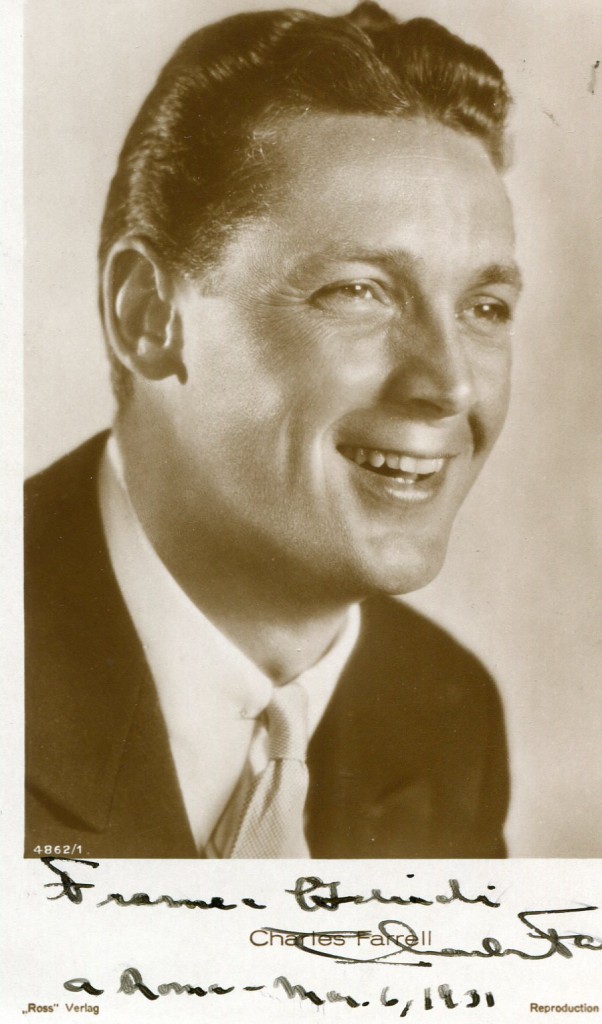
Charles Farrell was born in 1901 in Walpole, Massachusetts. He is best knpwn to-day for a series of films he made with Janet Gaynor. He was long married to actress Virginia Valli. After retiring from films in the 1950’s be became involved in community projects in Palm Springs. He died in 1990.
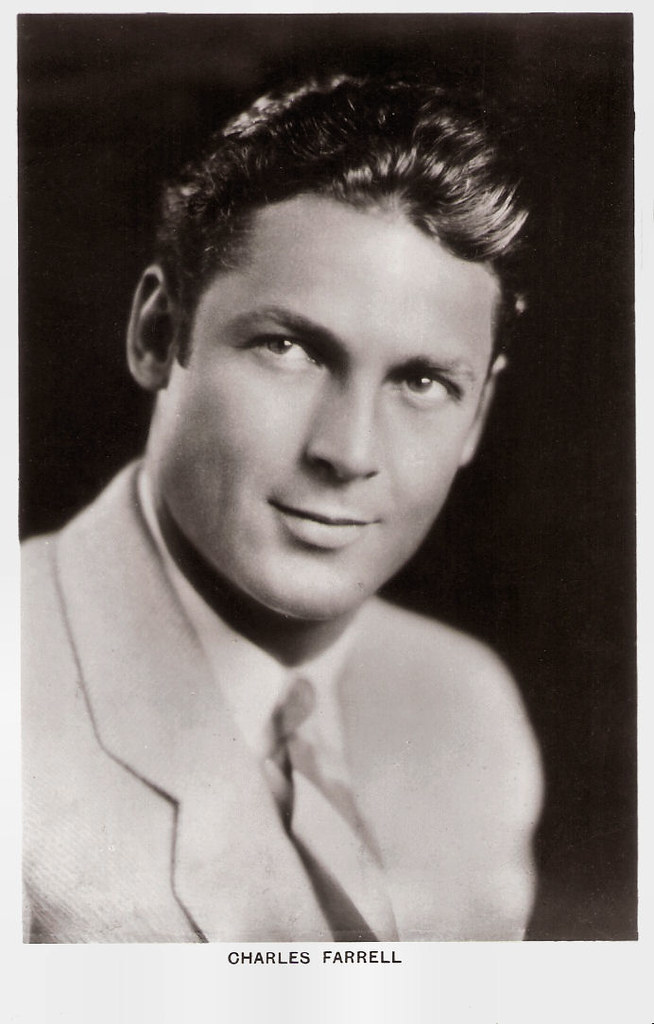
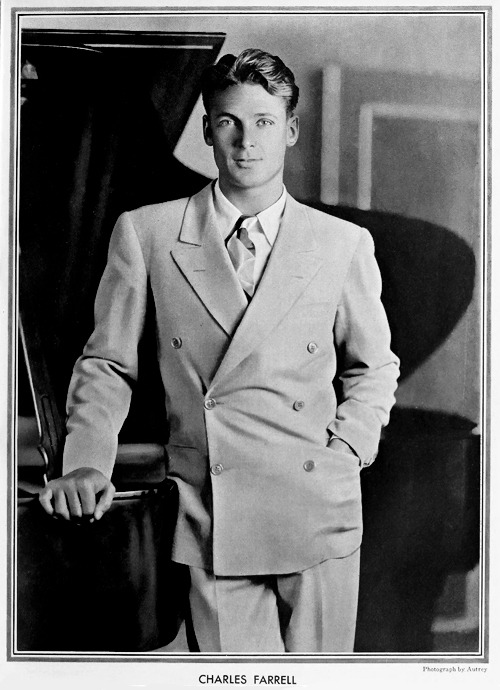
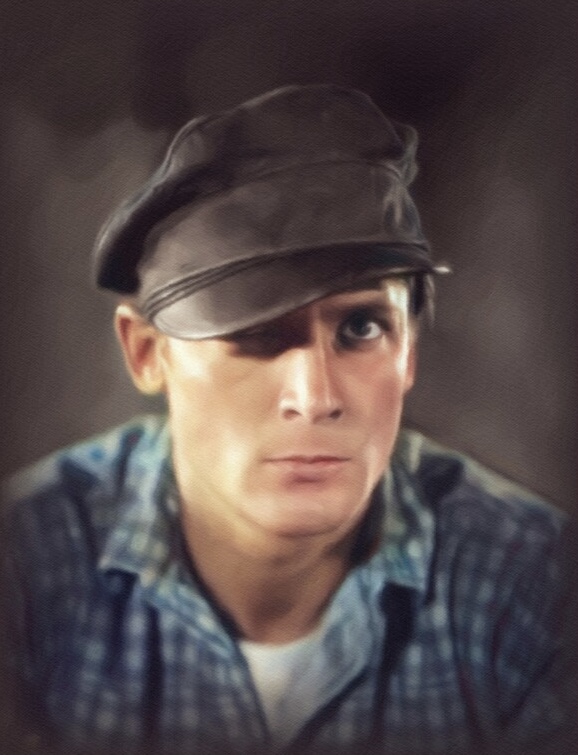
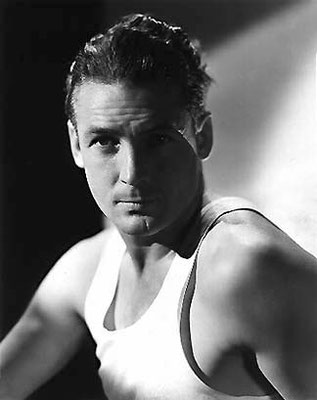
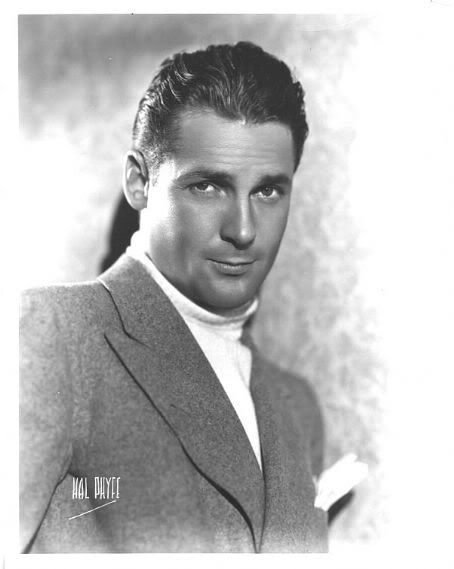
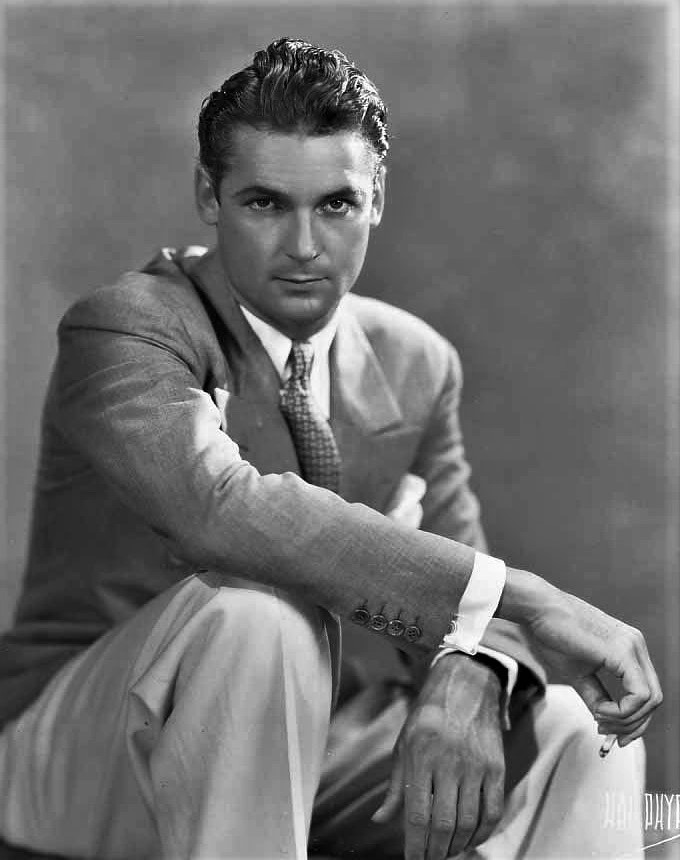
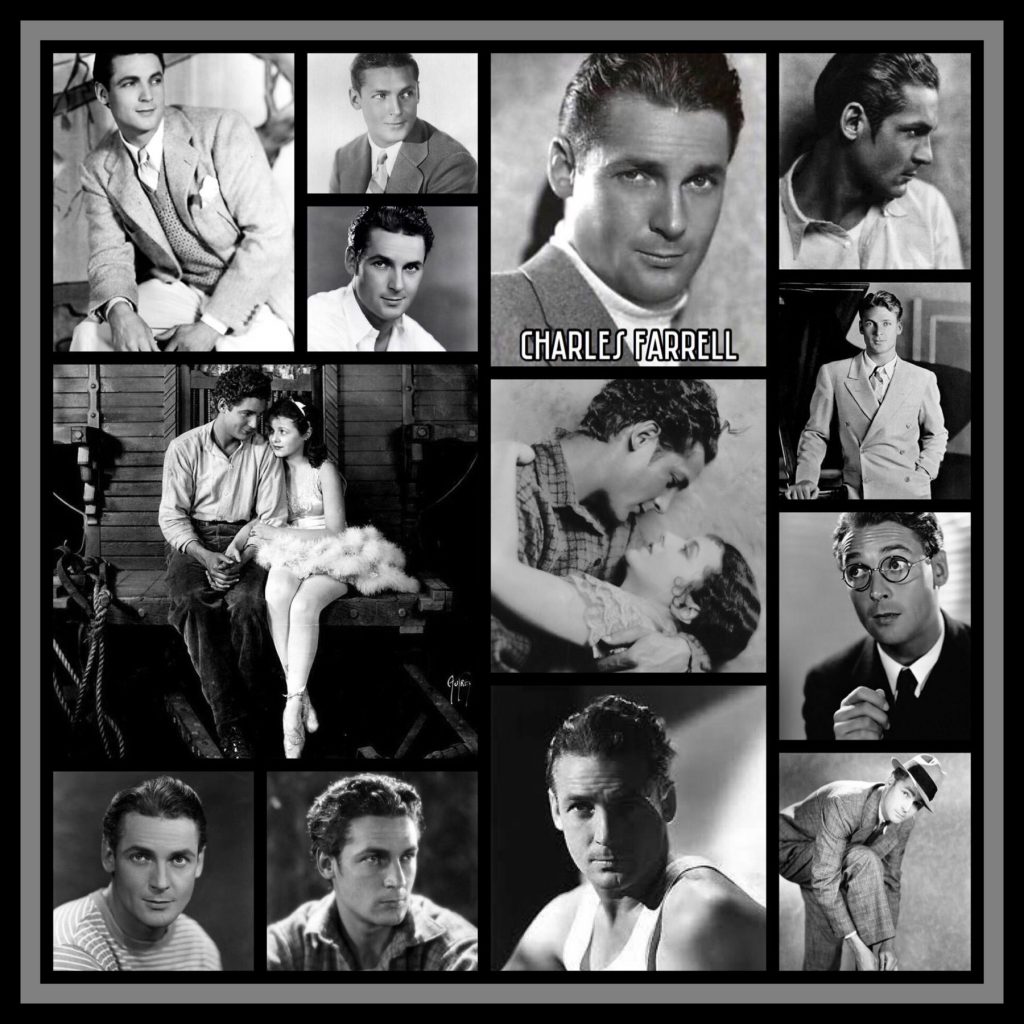
Charles Farrell, the gentle-mannered actor whose career spanned four decades, ranging from silent films to talkies to the 1950’s television series ”My Little Margie,” died on Sunday at his home in Palm Springs, Calif. He was 88 years old.
Mr. Farrell was so durable as a performer that Bob Hope is said to have referred to him once as a ”19th-century Fox star.”
An athletic six-footer, he gained fame as the romantic lead in ”Seventh Heaven” (1927). The Times critic Mordaunt Hall said that he was ”splendid” in that role, playing opposite Janet Gaynor.
”Sometimes he may seem to be a little too swaggering, but what of it?” Mr. Hall observed. ”The actions suit the young man’s agreeable bombast. You find that you like him.”
The Seventh Heaven in the silent film was the walk-up Parisian garret where Mr. Farrell, playing an impecunious laborer, made his home.
Mr. Farrell and Miss Gaynor then co-starred in a series of other film romances. For seven years they were movieland’s leading on-screen romantic couple. Then his movie career waned.
His film work included serious as well as romantic roles in such films as ”Wings of Youth” (1925), ”Sandy” (1926), ”The Rough Riders” (1927), ”Aggie Appleby” (1933), ”Fighting Youth” (1935) and ”The Deadly Game” (1942). He retired from films in the 1940’s.
In television he turned to comedy, starring as a widowed father in more than 100 installments of ”My Little Margie,” which was widely popular.
Began as Extra
Charles Farrell was born Aug. 9, 1901 in Onset Bay, Mass., and attended Boston University. He played some stage roles and broke into films as an extra in ”The Cheat” (1923). He then had various supporting parts before ”Seventh Heaven,” which opened in New York at the old Sam H. Harris Theater and remained his best-known movie.
Recalling his movie work in a 1954 interview Mr. Farrell, still handsome and wavy-haired, said: ”They wouldn’t accept my voice. They said I didn’t have diction. When the talkies came in, a lot of stage people came to Hollywood from New York and I knew that I didn’t talk like them, but my voice was me and that’s all there was to it.”
”One fellow kept needling me about improving my diction until I finally sat on him – but good,” he added. ”My life was made miserable. There were other complicating factors, and I decided to move on.”
Resort Hotel Manager
He served in the Navy in World War II and prospered in a new career as a manager and host of the Racquet Club, a private resort hotel in Palm Springs, where he lived with his wife, the former silent film star Virginia Valli, whom he married in 1932; she died in 1968.
Mr. Farrell served as mayor of Palm Springs for several years in the 1940’s and 50’s. He sold the Racquet Club in 1959.
His television career, mainly in the 1950’s, included the starring role in the ”The Charlie Farrell Show” in addition to ”My Little Margie,” in which he played the father of a prankish unmarried daughter, portrayed by Gale Storm.
”I took the part because I’m a ham,” Mr. Farrell said in the 1954 interview. ”The work is not exactly the same as making pictures, but it’s pretty close
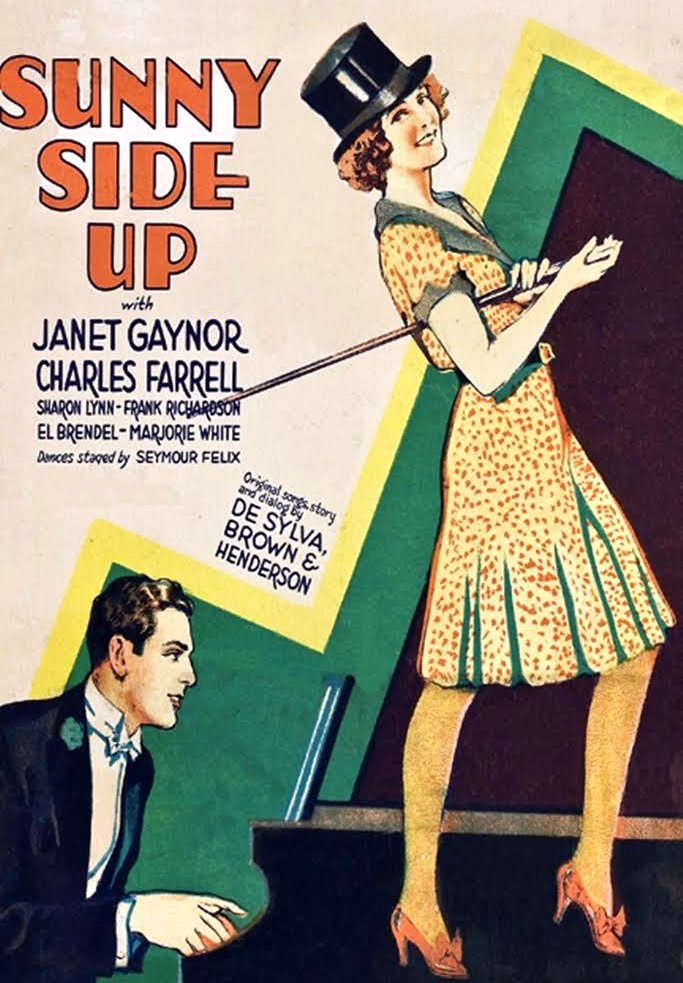
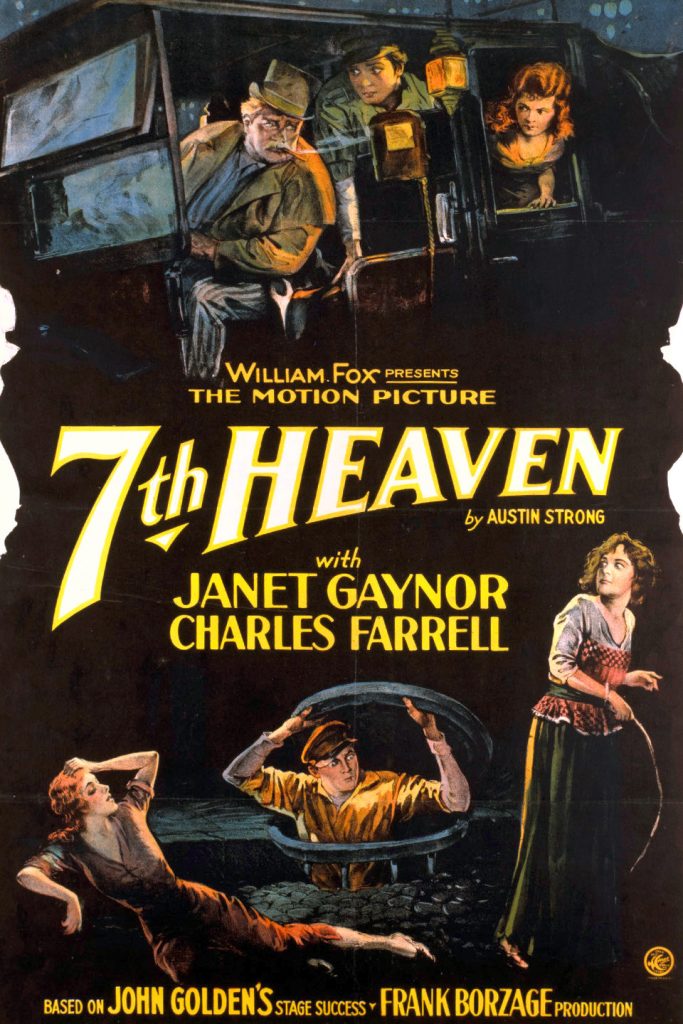

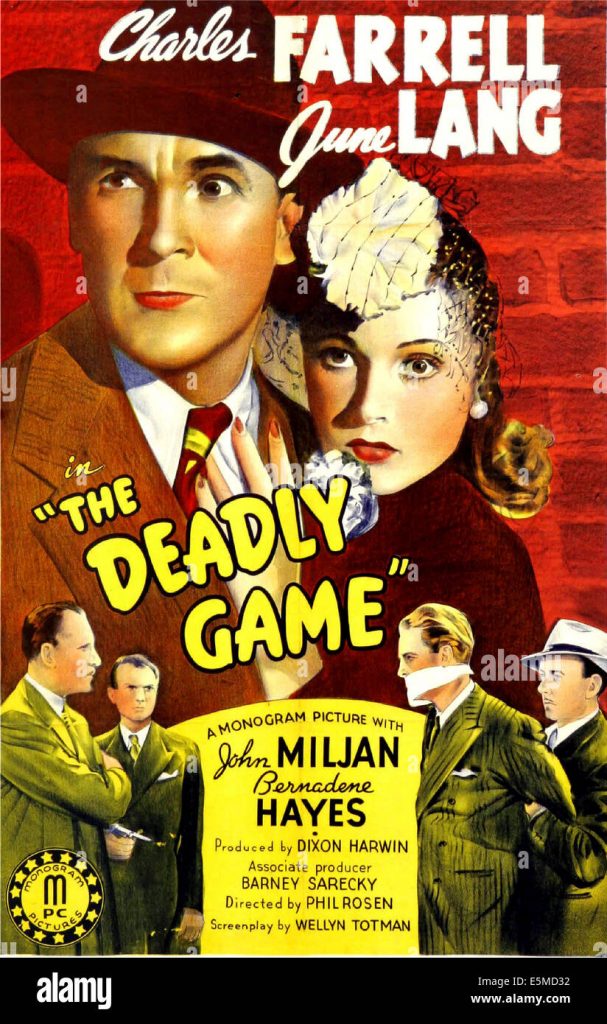
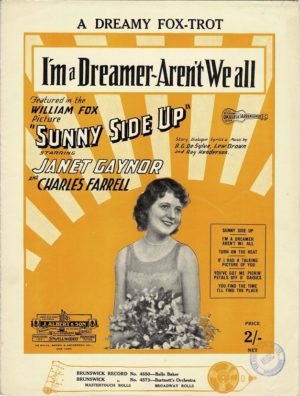
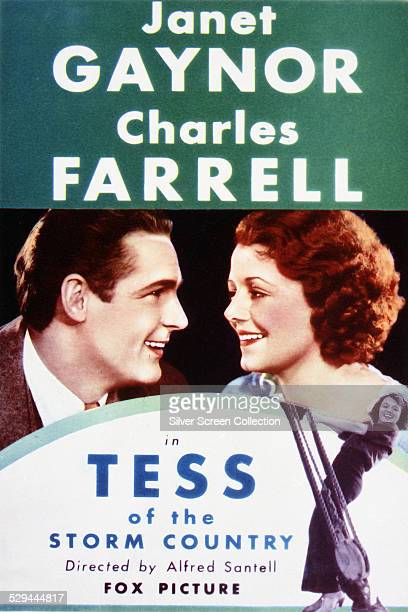
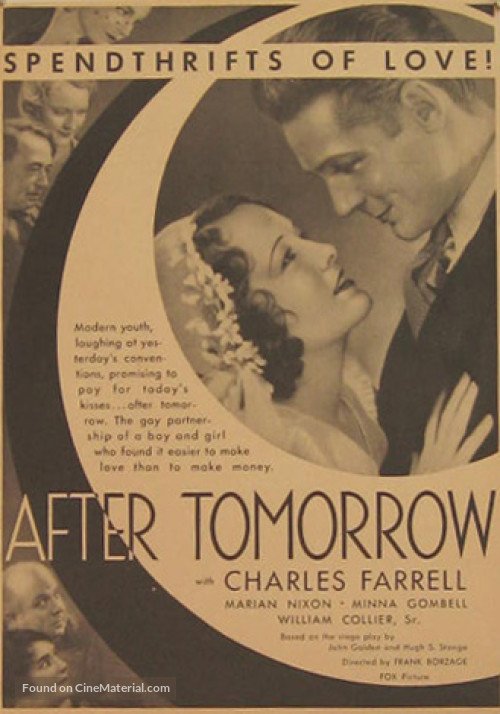
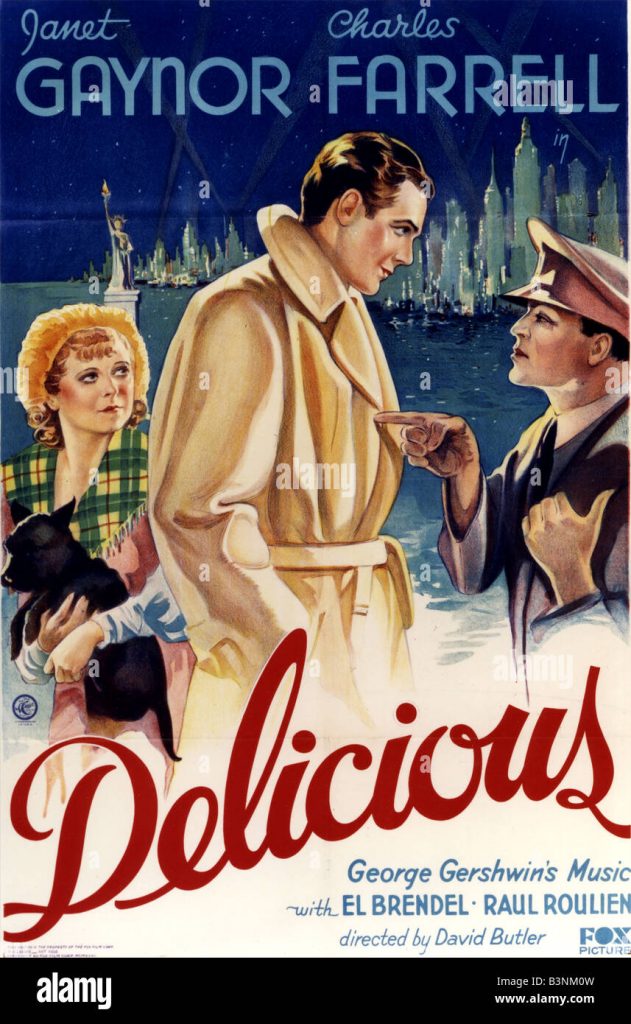
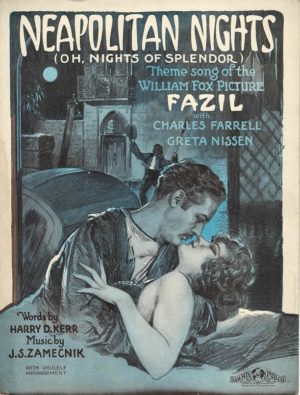
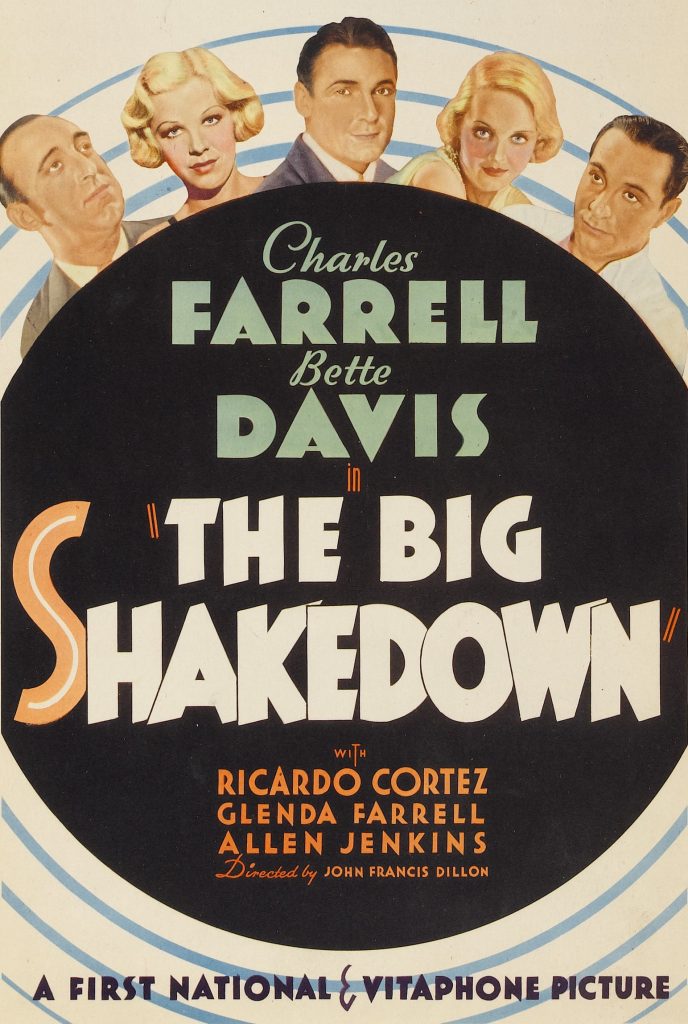
Bonita Granville was born in 1923 in Chicago. She achieved international fame with her extraordinary performance as the spiteful child in “These Three” in 1937. She was nominated for an Oscar for her performance. She played Nancy Drew in a series of films about the girl detective. She also starred in some of the Andy Hardy films. Her last film was “The Guilty” in 1947. She died in 1988 at the age of 65.
IMDB entry:




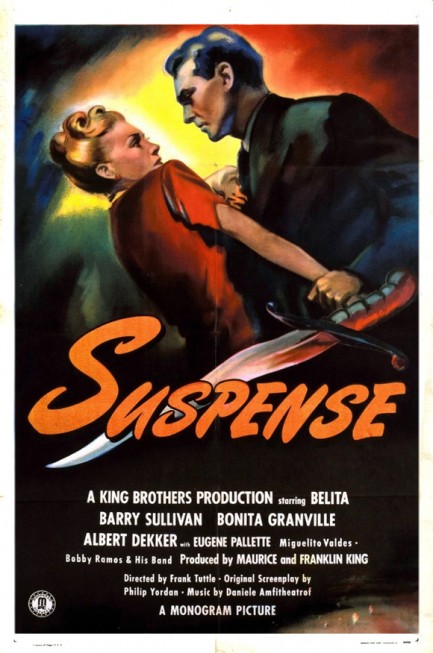









Daughter of Bernard ‘Bunny’ Granville, Bonita Granville was born into an acting family. It’s not surprising that she herself became a child actor, first on the stage and, at the age of 9, debuting in movies in Westward Passage (1932). She was regularly cast as a naughty little girl, as in These Three (1936) where she played Mary, an obnoxious girl spreading lies about her teachers. Her performance left an impression on the audience, and she was nominated for a best supporting actress award. In 1938-39 came the movies she is now best remembered for — playing the bright and feisty detective/reporter Nancy Drew in the Nancy Drew series. She also appeared with Mickey Rooney in a few Andy Hardy movies. She never really had a movie breakthrough, and after marrying oil millionaire & later producer Jack Wrather, she retired from acting in the middle of the 1950s, although she went on to produce the Lassie (1954) TV series.
– IMDb Mini Biography By: Mattias Thuresson
After her marriage to oil millionaire Jack Wrather in 1947, she appeared in only three more movies. She became an executive in the Wrather Corp., and first associate producer, then executive producer of the Lassie (1954)TV series. After Wrather’s death in 1984, she took over as chairman of the board. She was also involved in many civic, and cultural groups, and she was chair of American Film Institute, trustee of John F. Kennedy Center, as well as other well known organizations and charities. She died of cancer in Santa Monica in 1988. She & Wrather had four children.
– IMDb Mini Biography By: kenn honeyman
Her IMDB entry can also be accessed online here.
Anyone who knows me are aware that I am a bit of a movie buff. Over the past few years I have been collecting signed photographs of my favourite actors. Since I like movies so much there are many actors whose work I like.